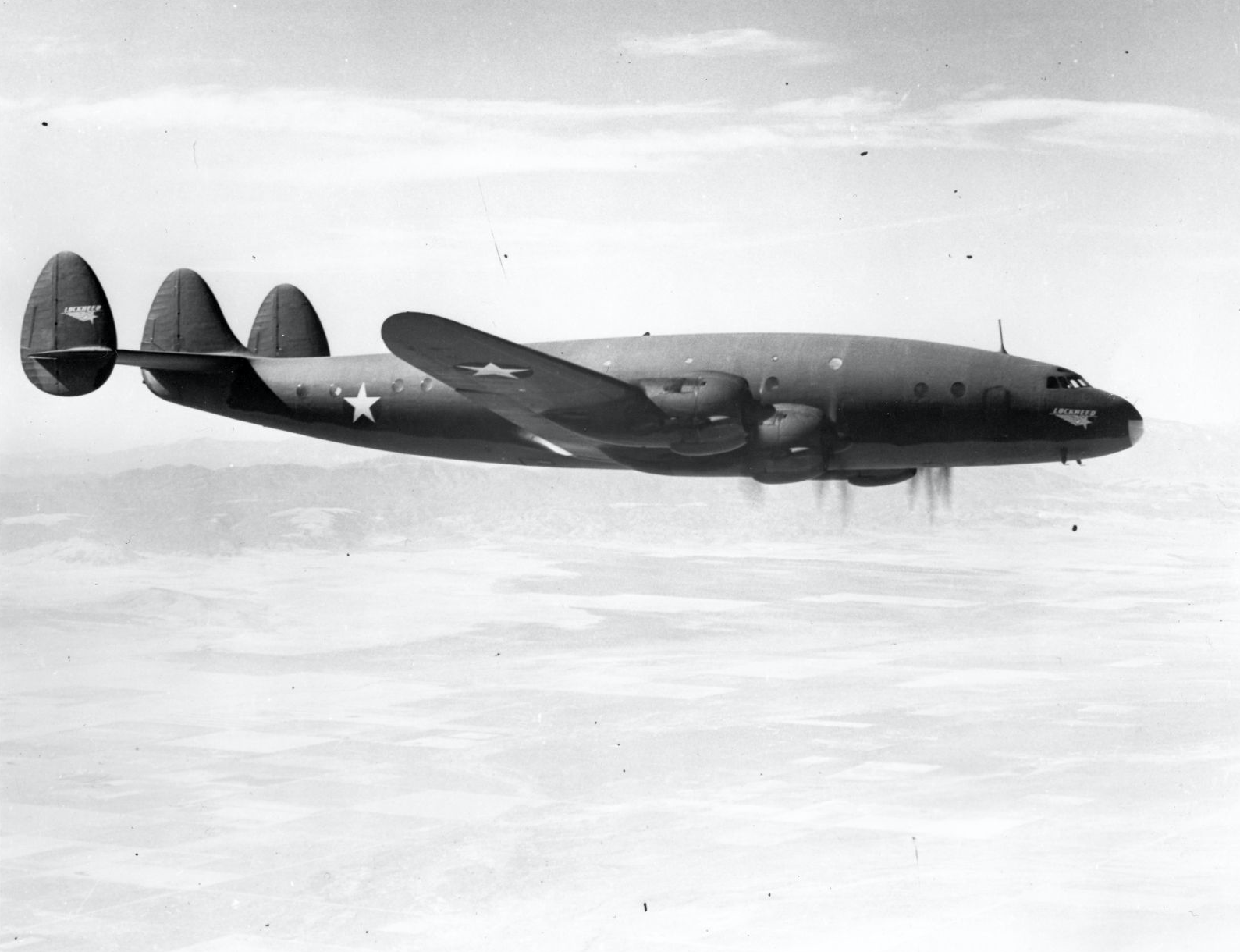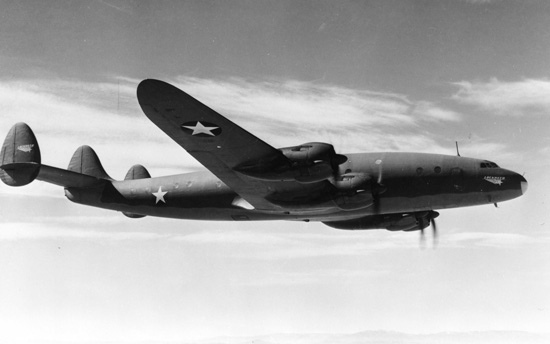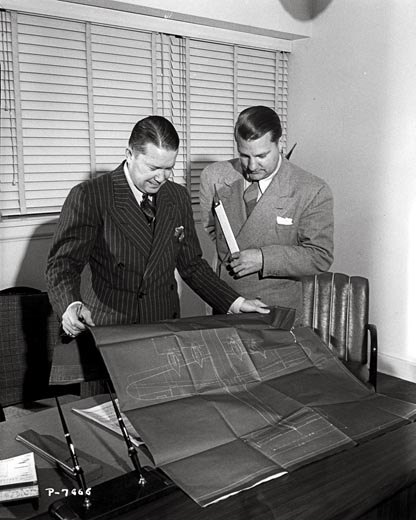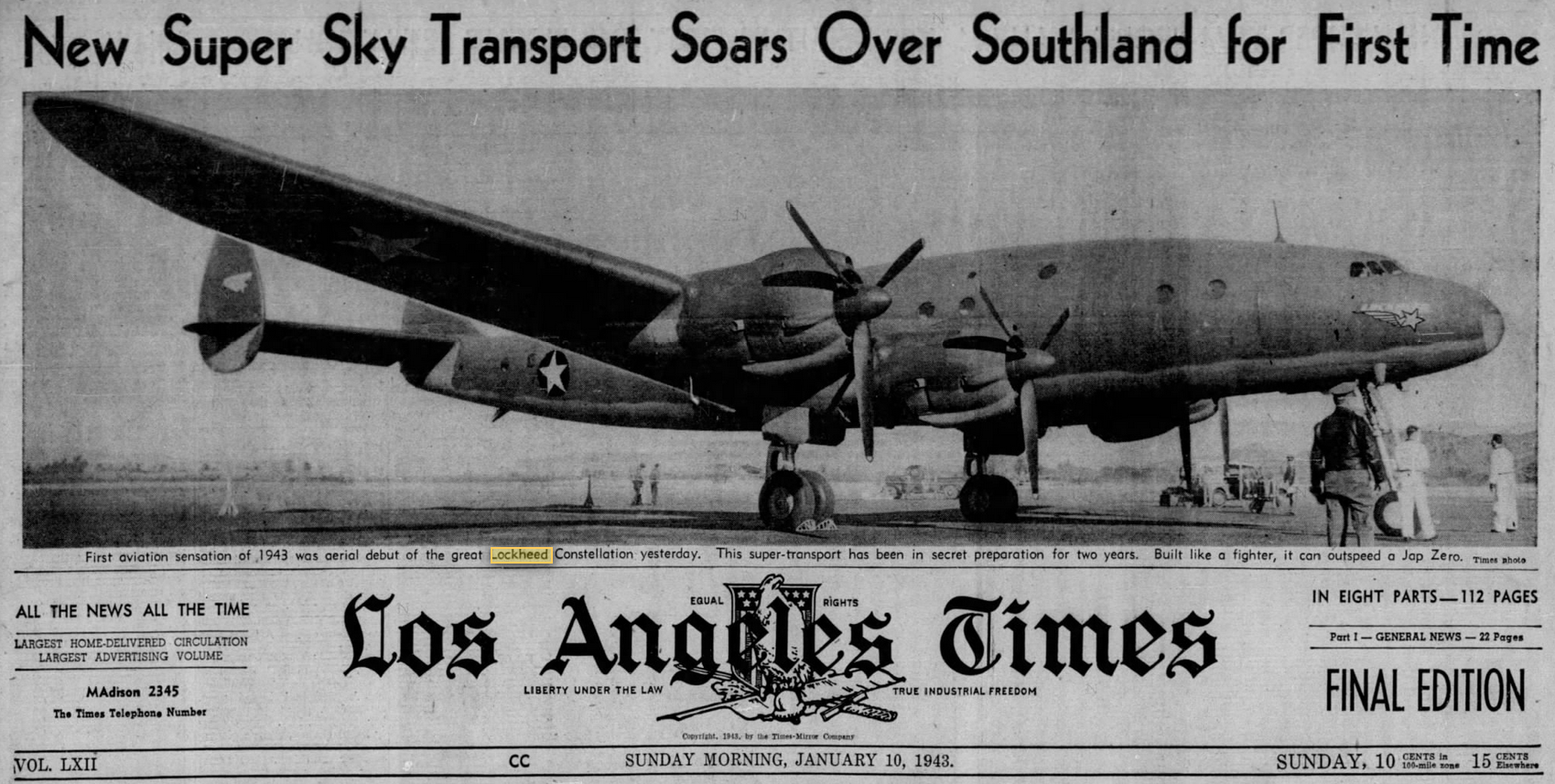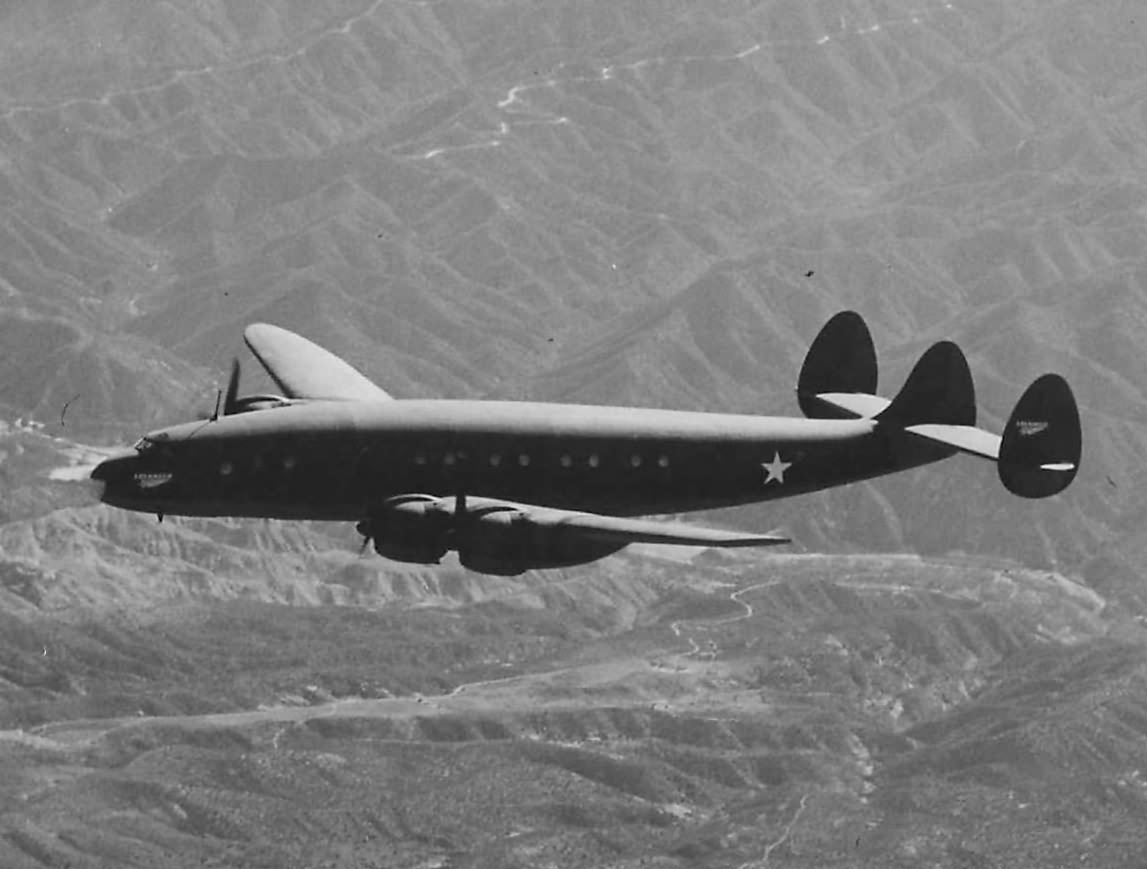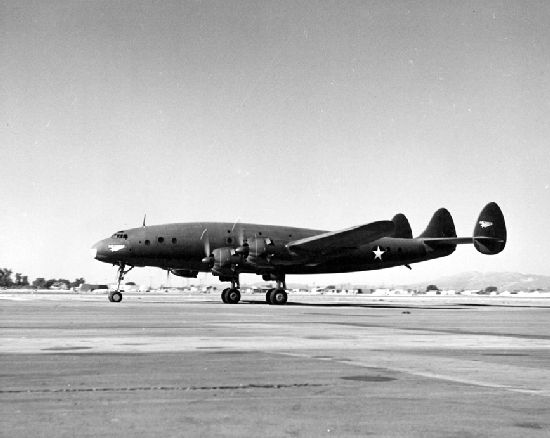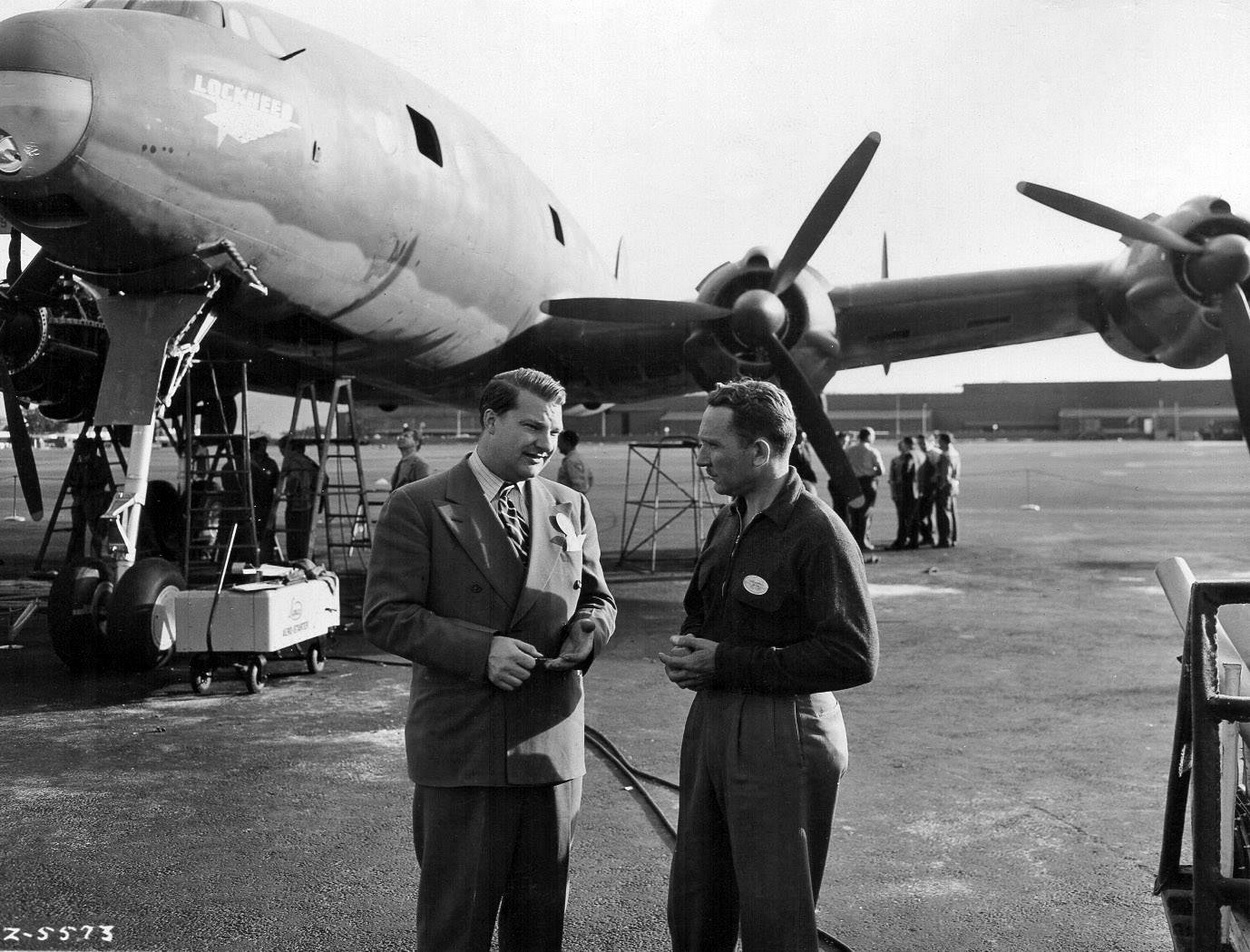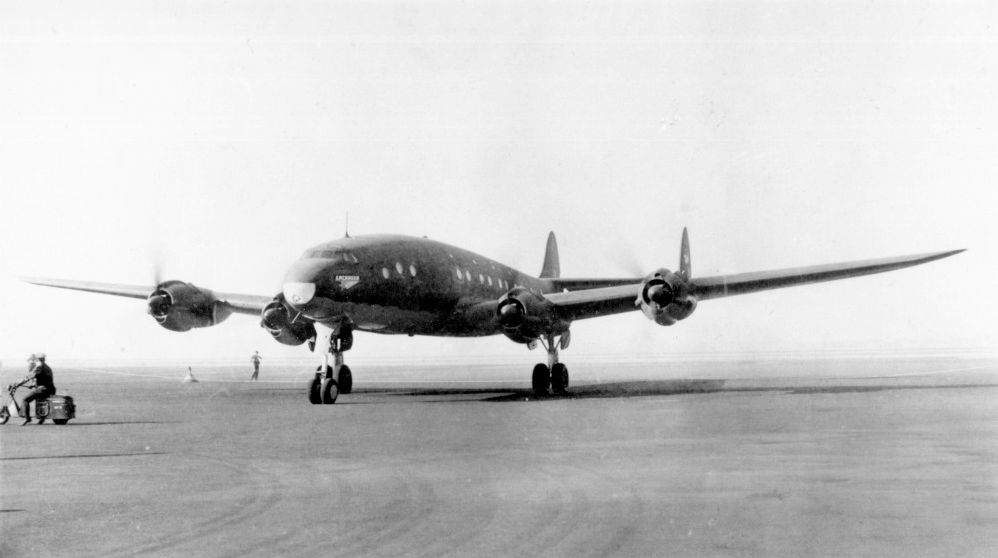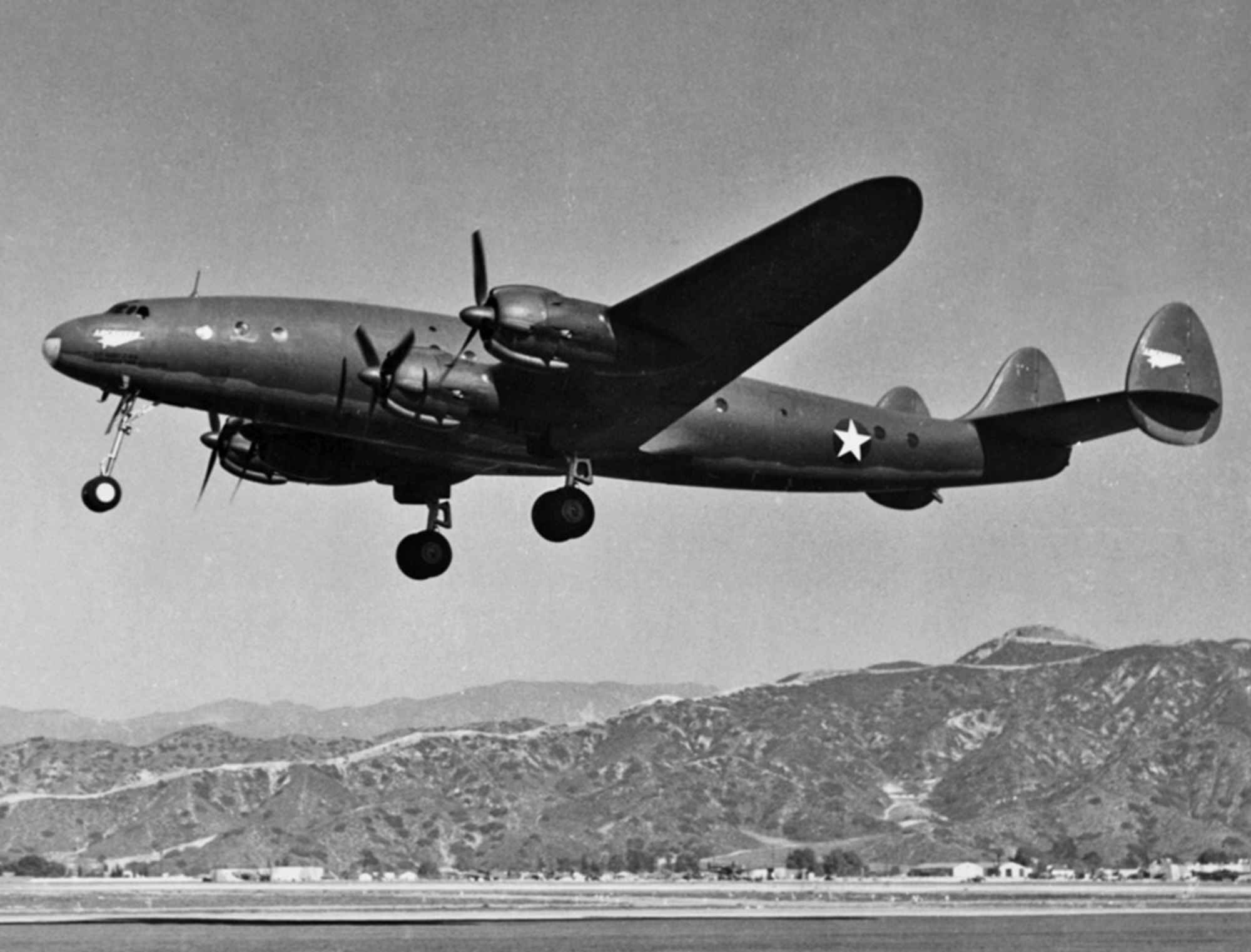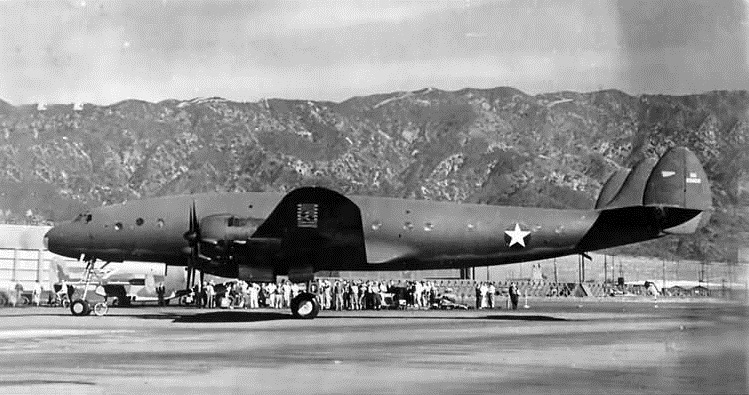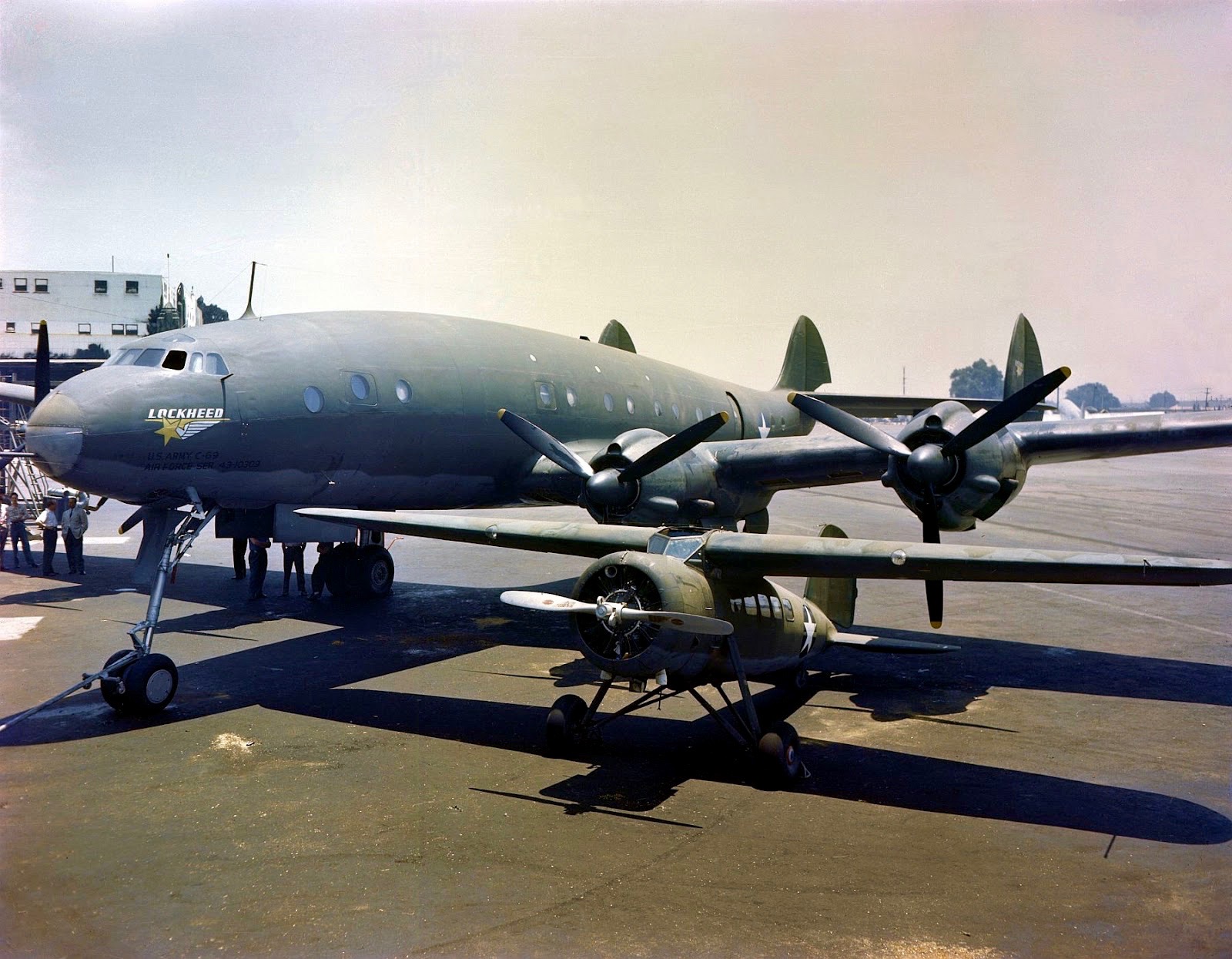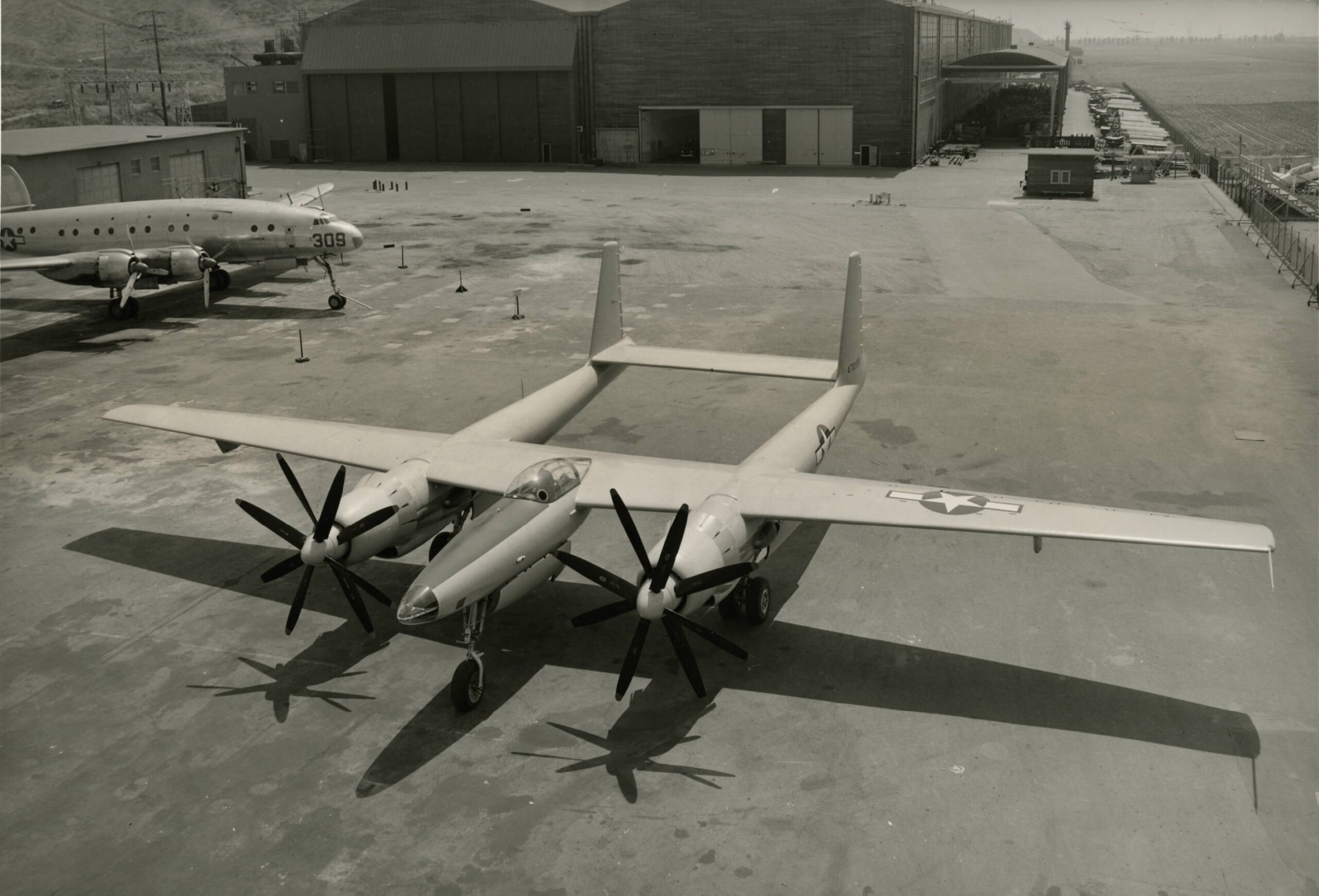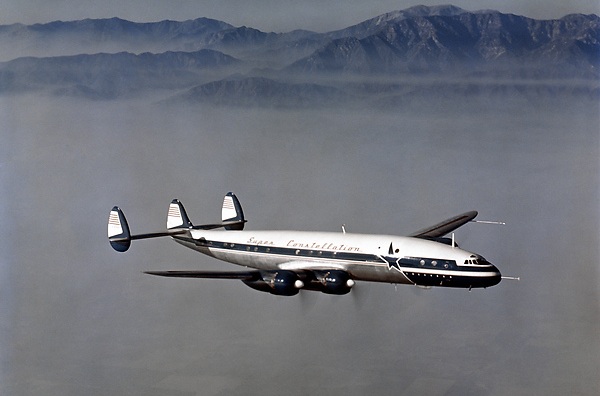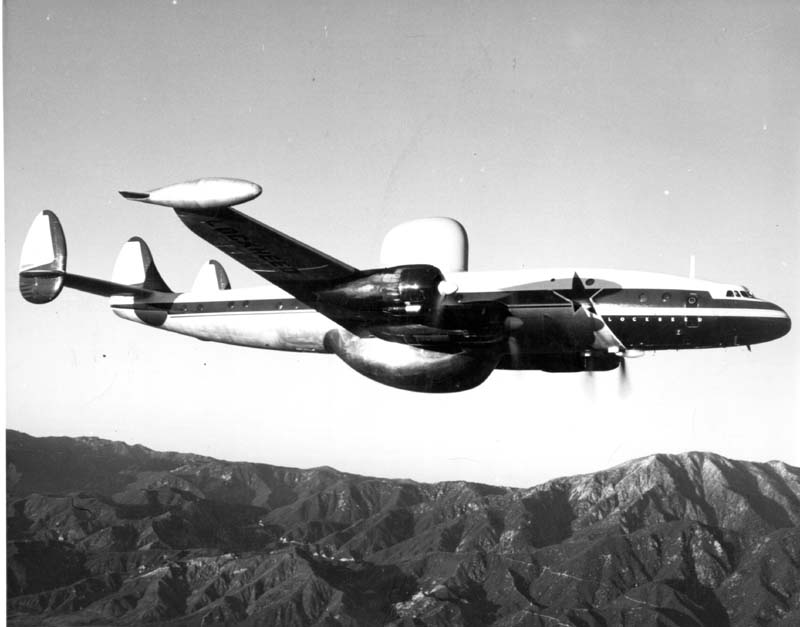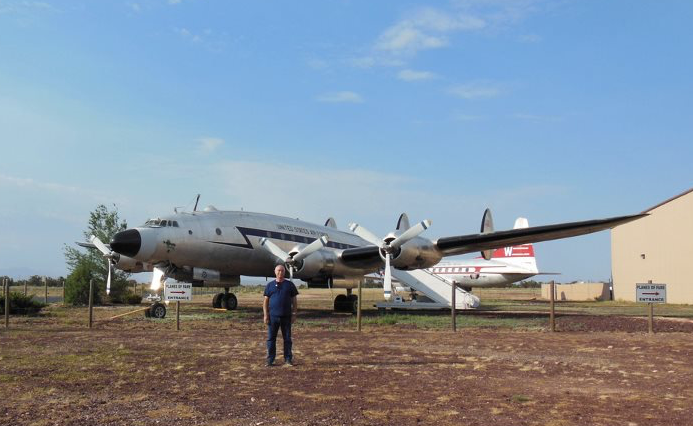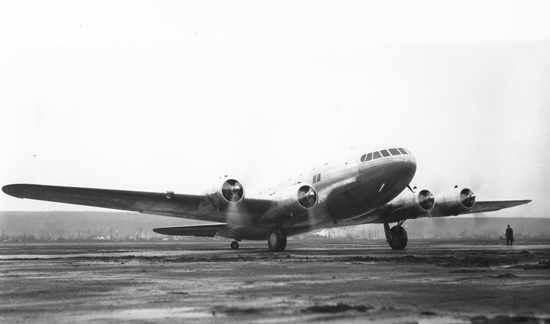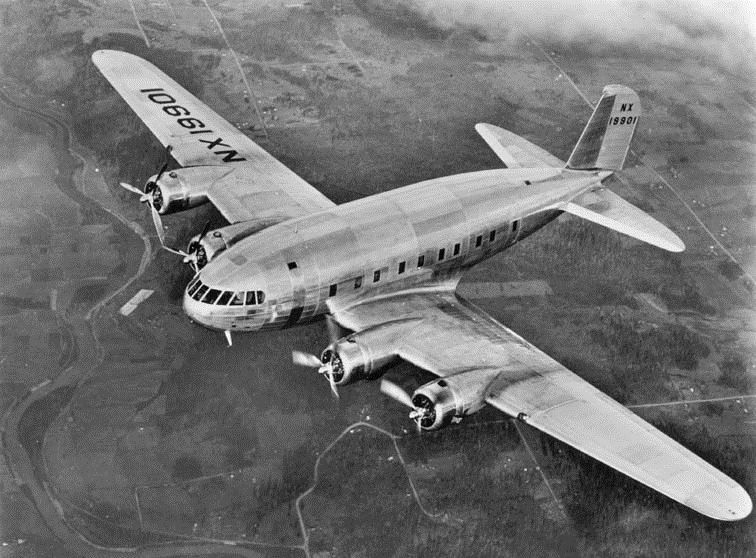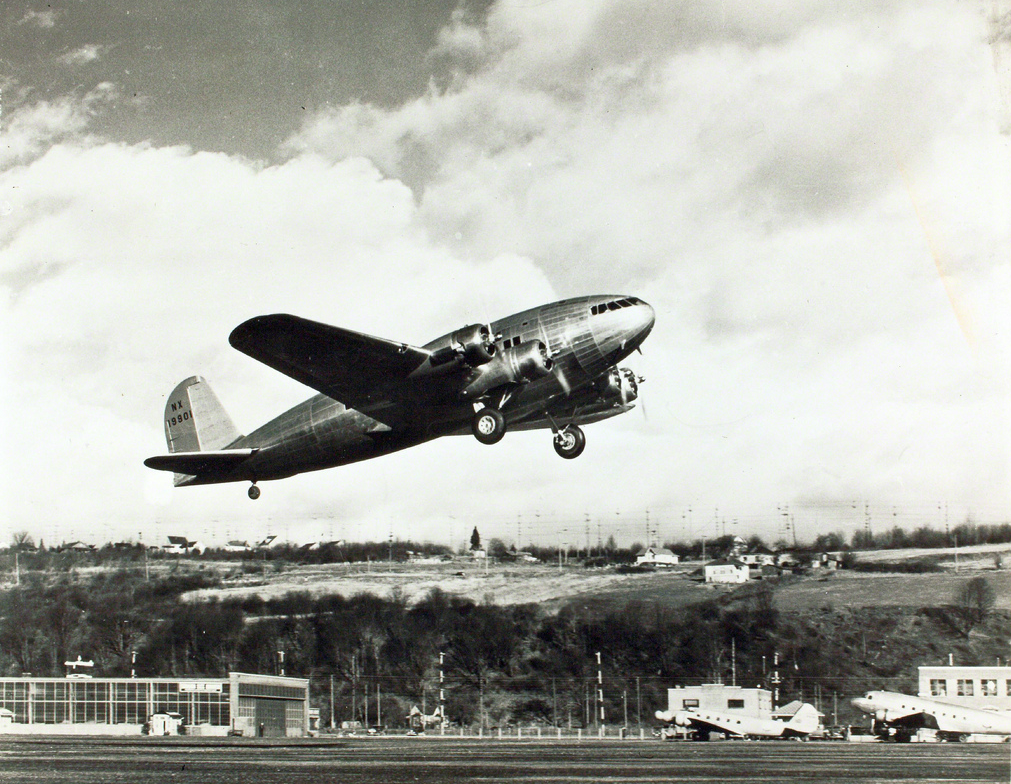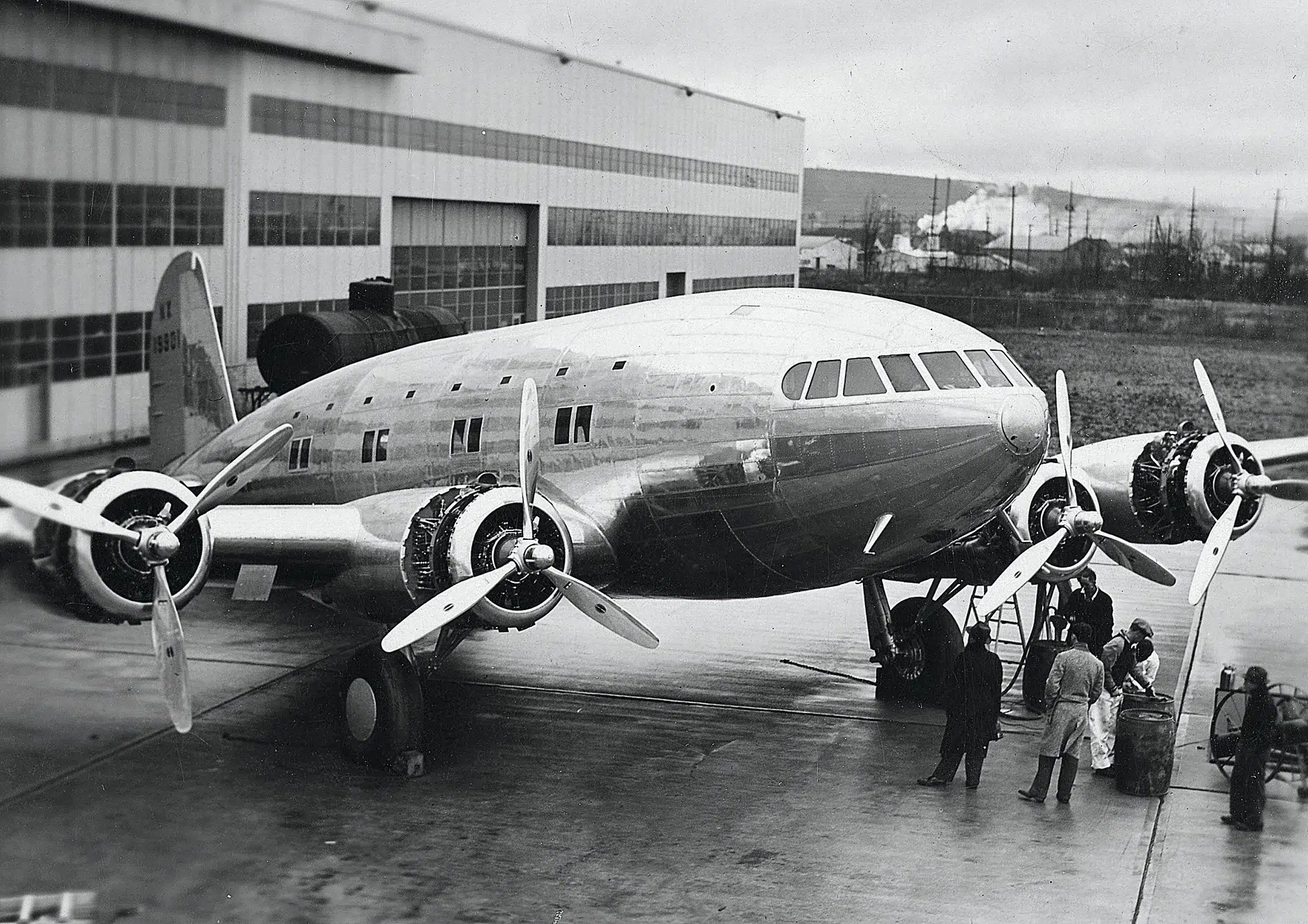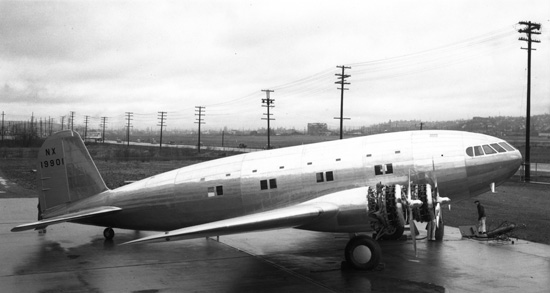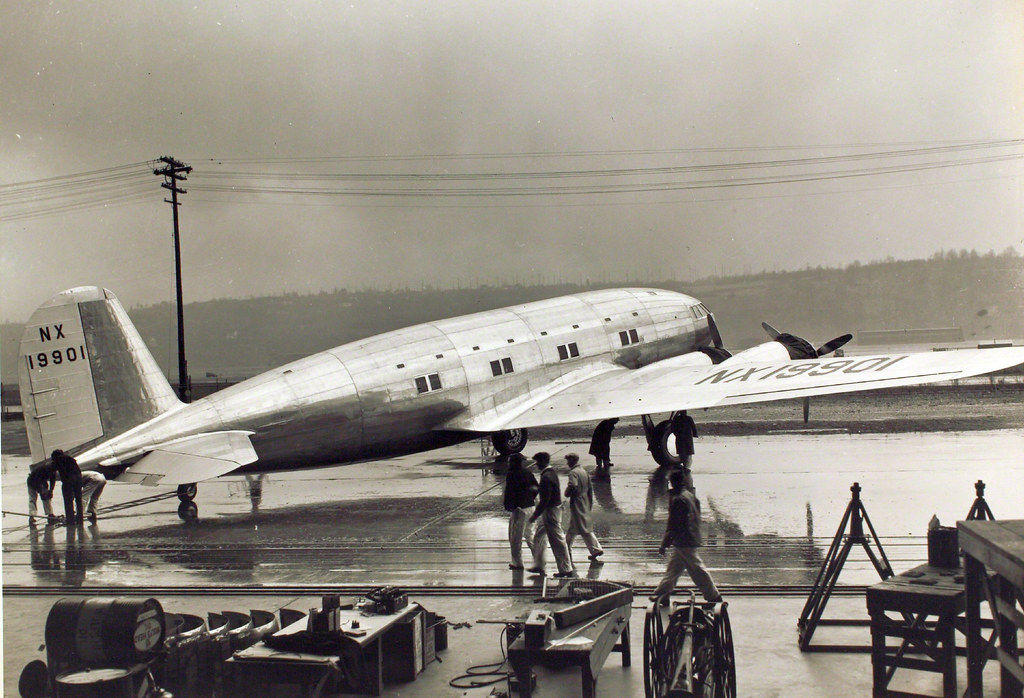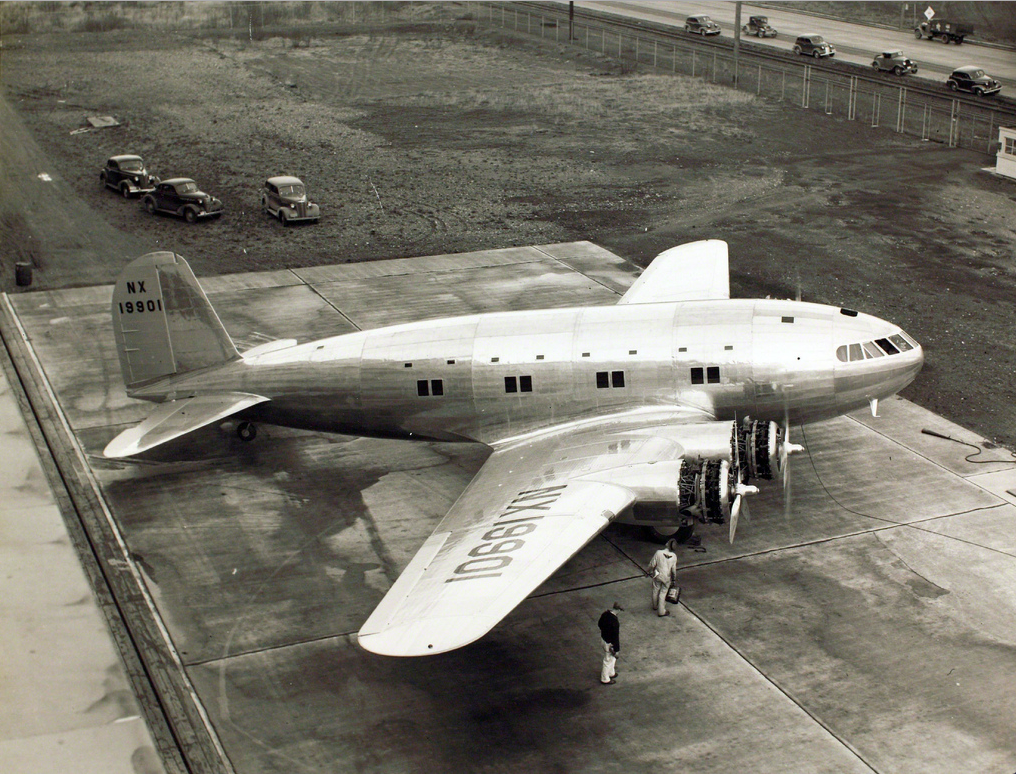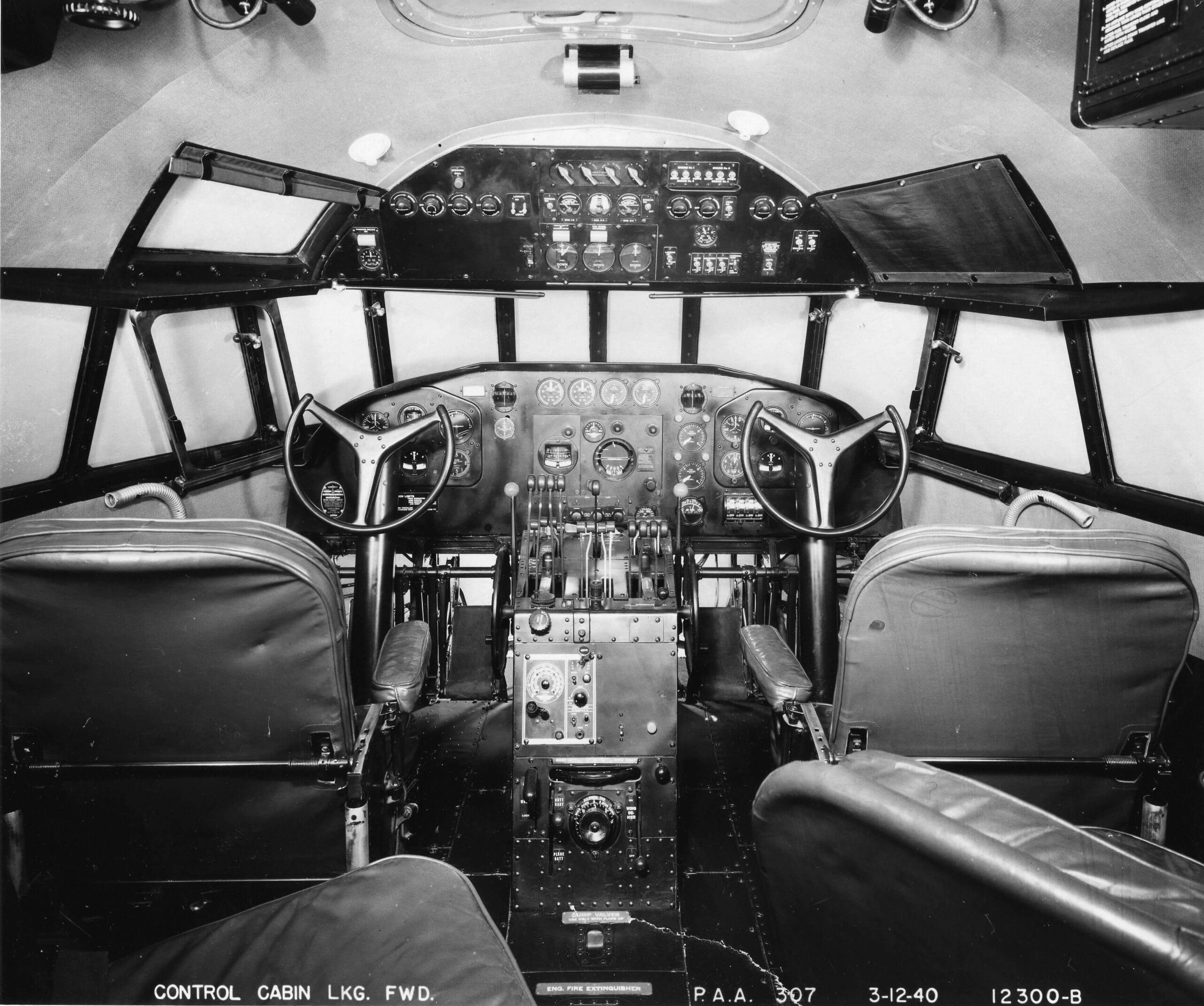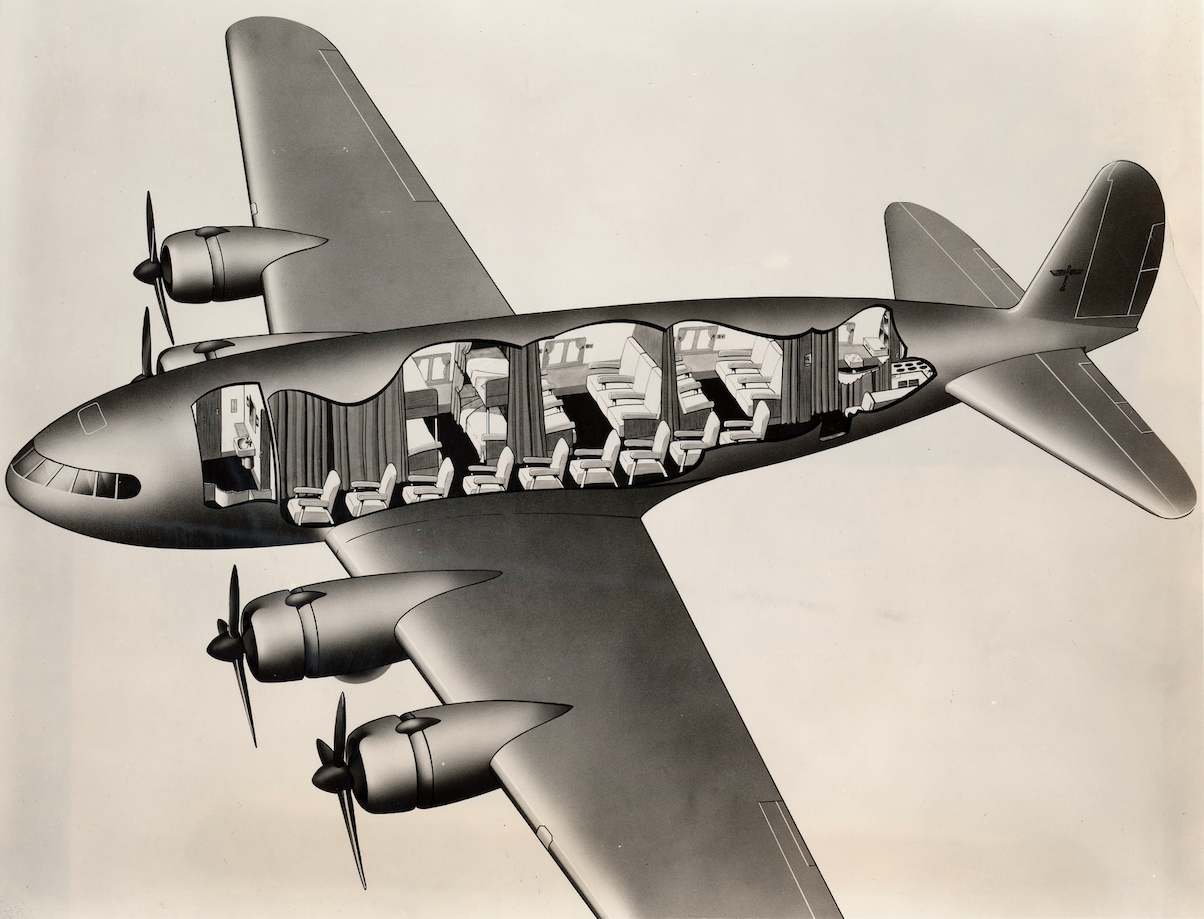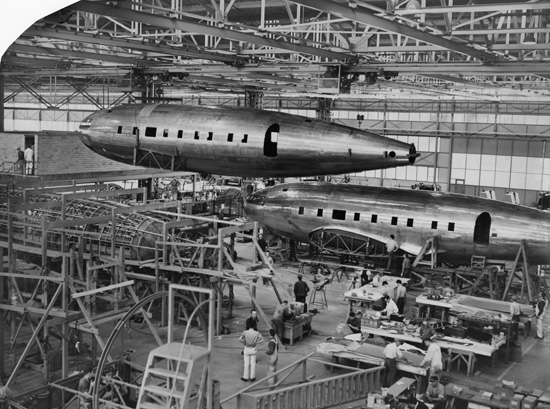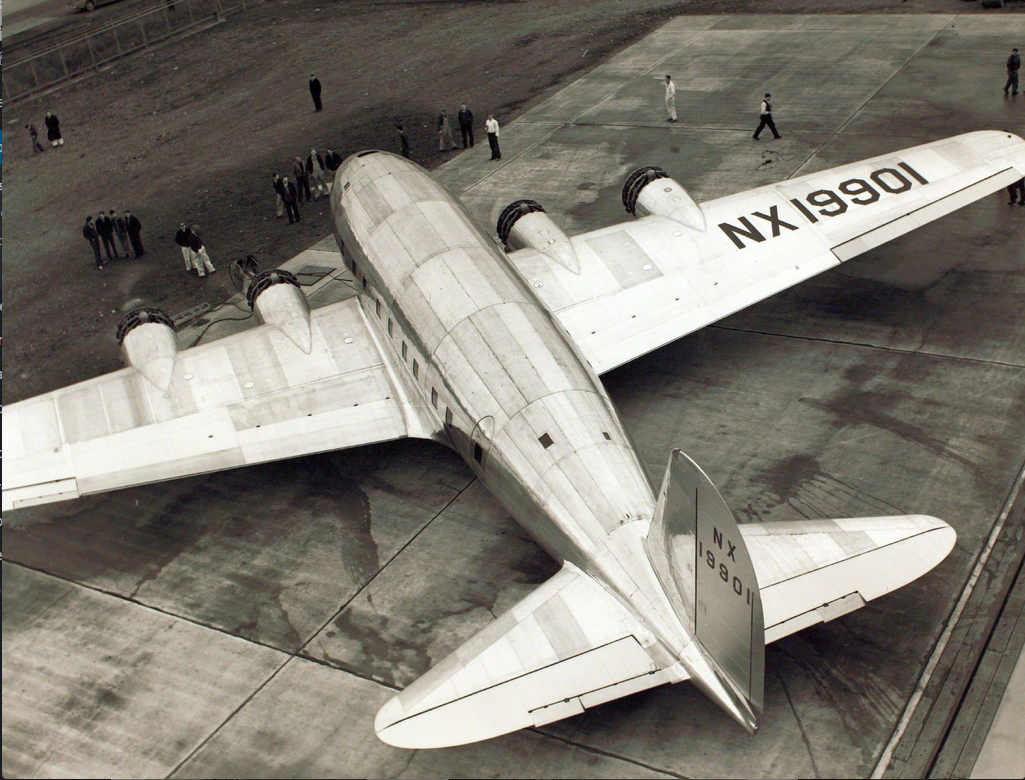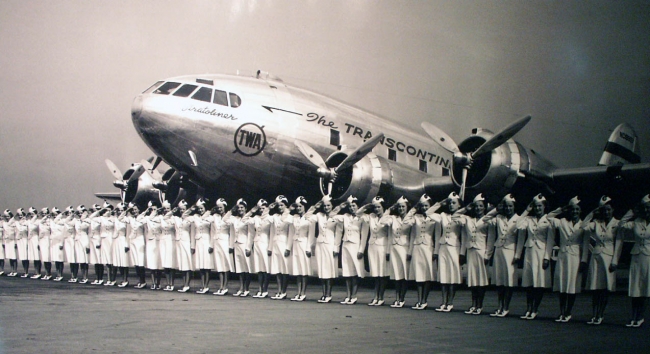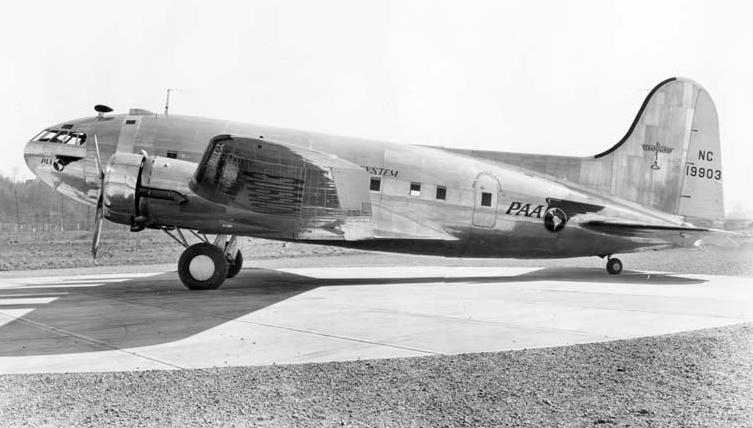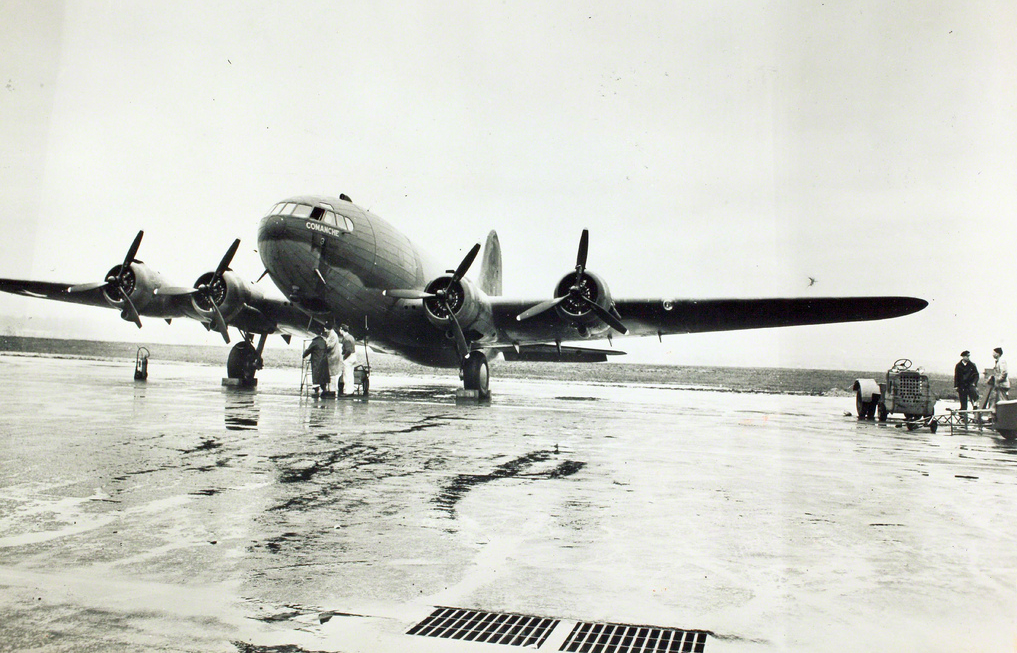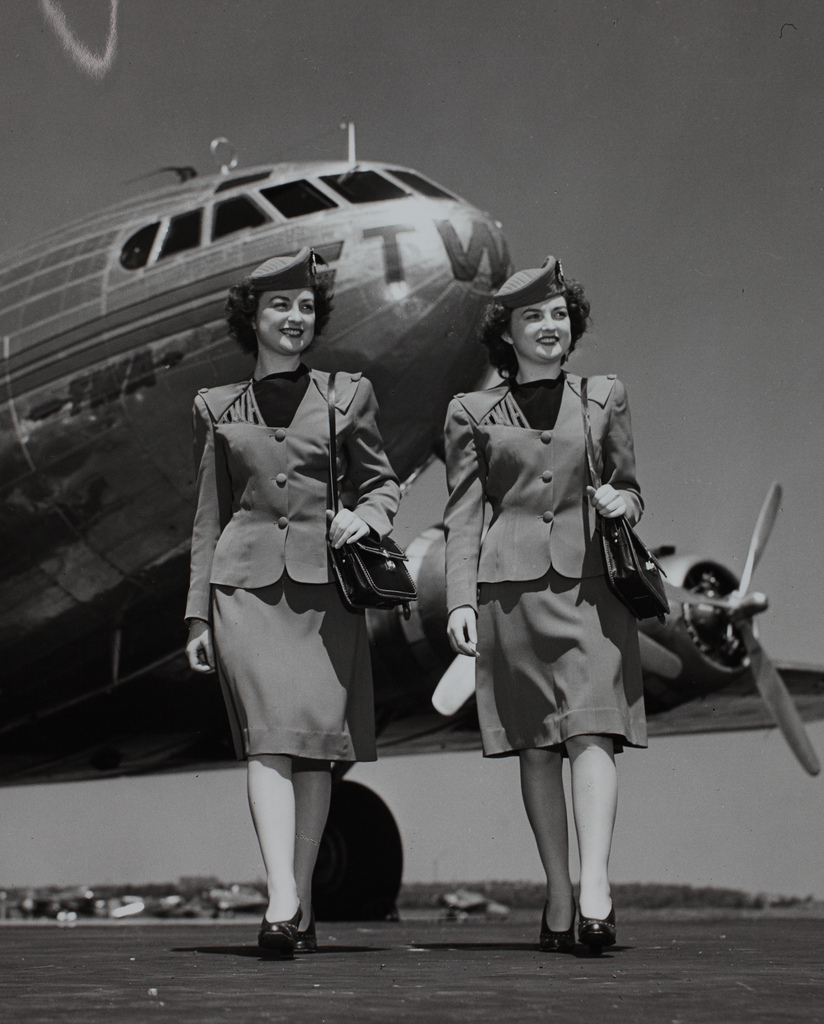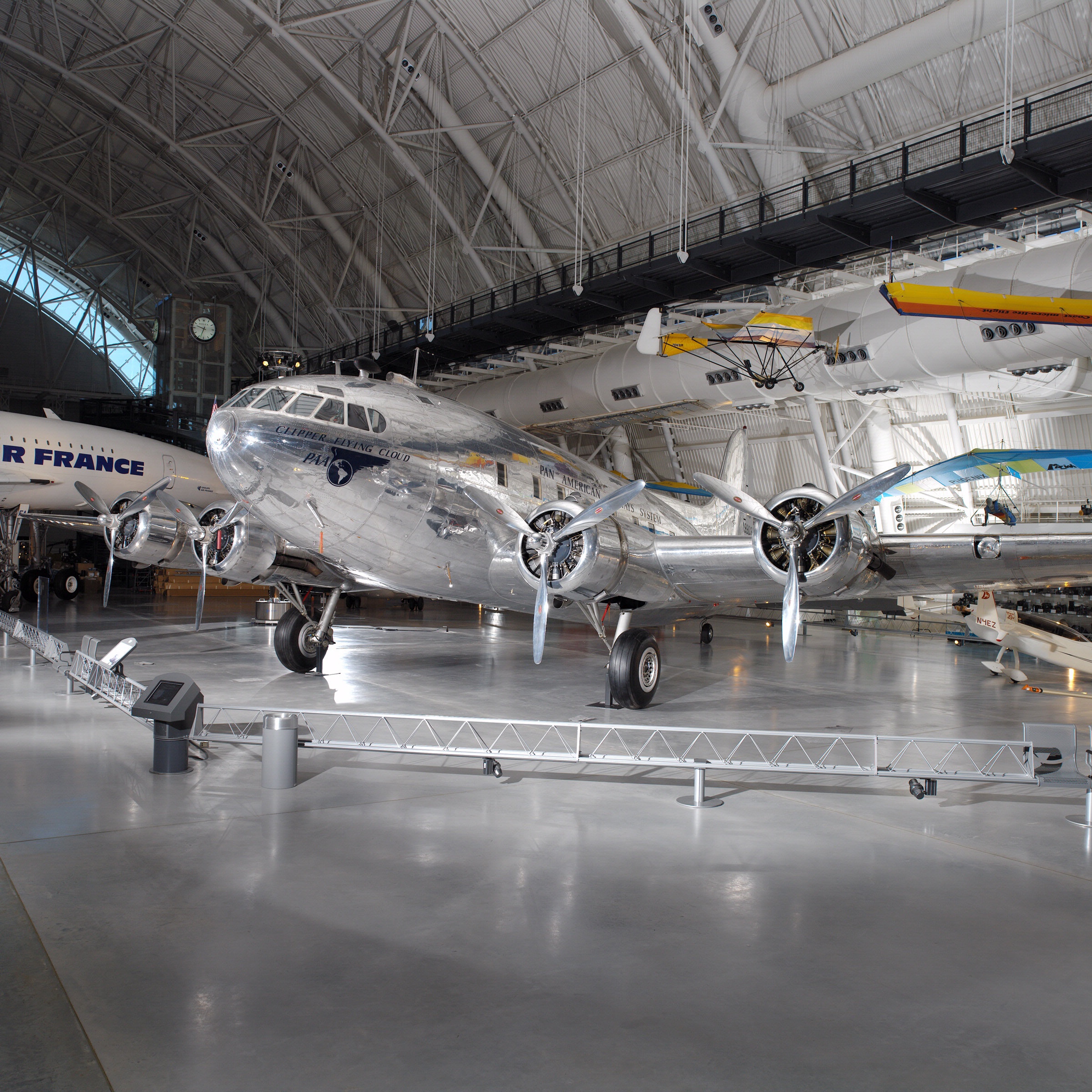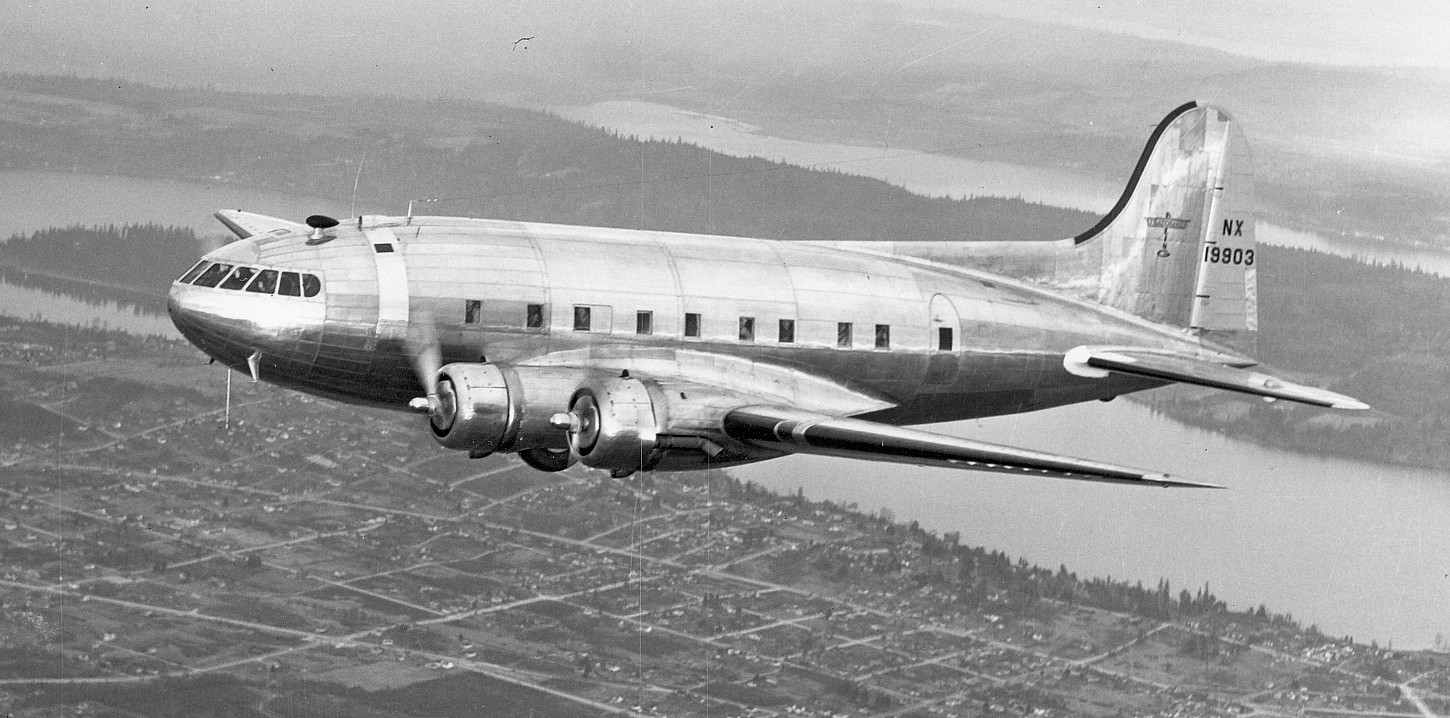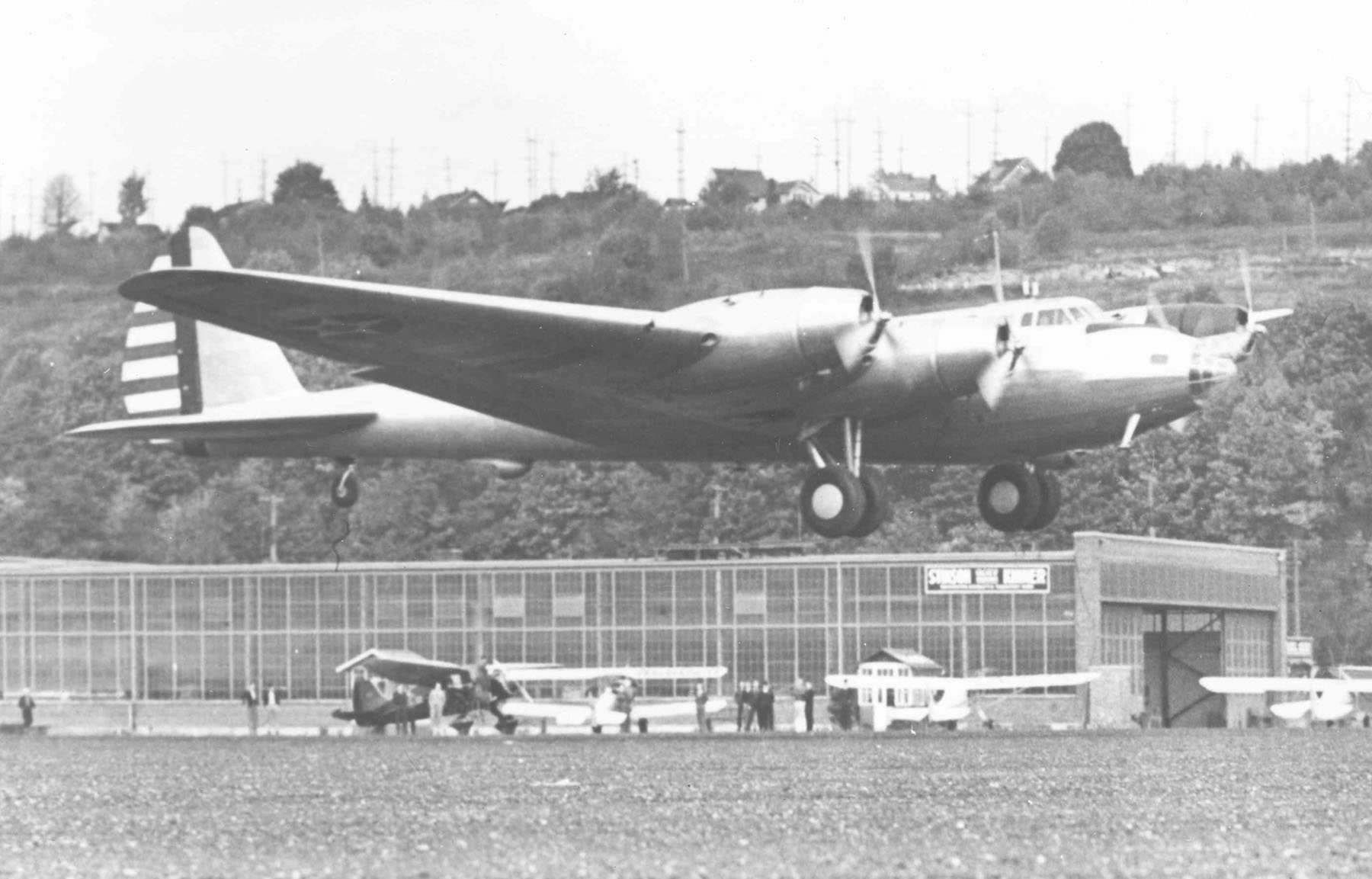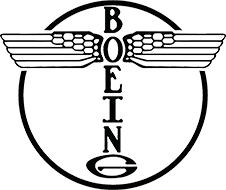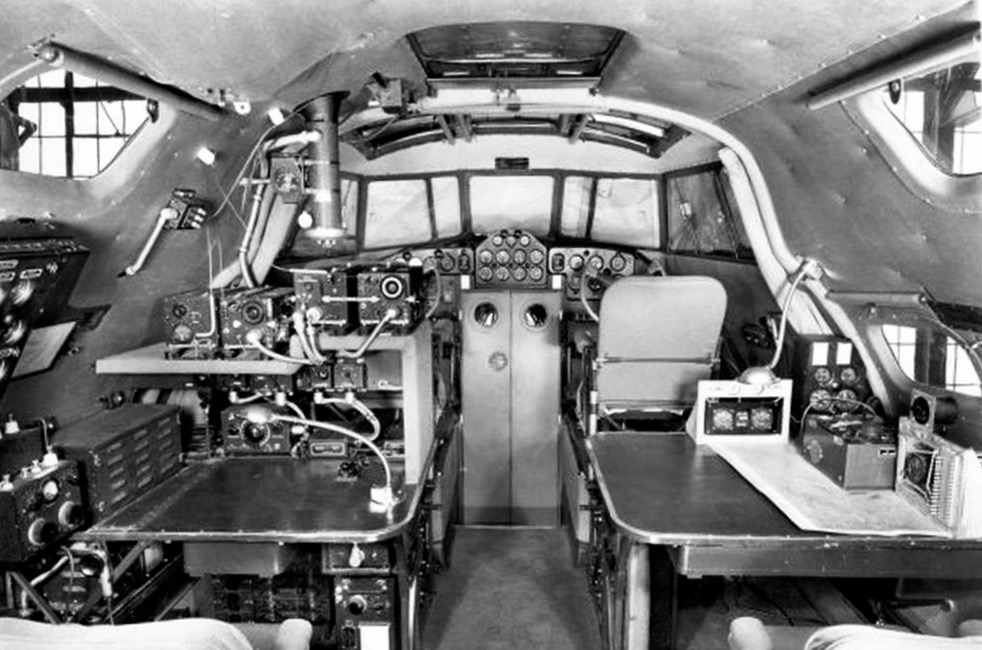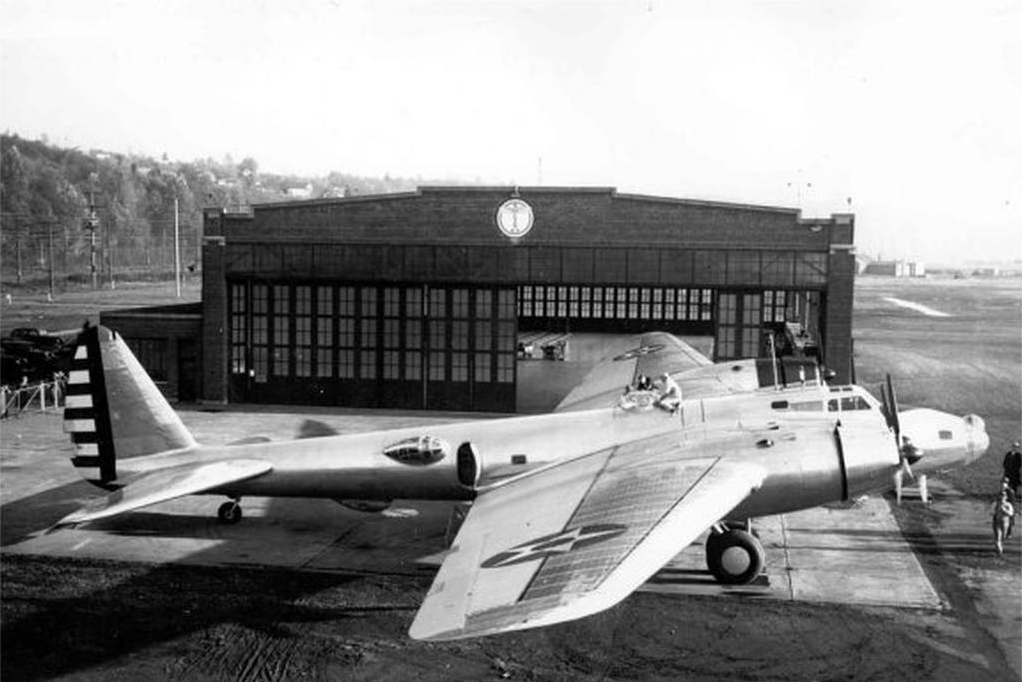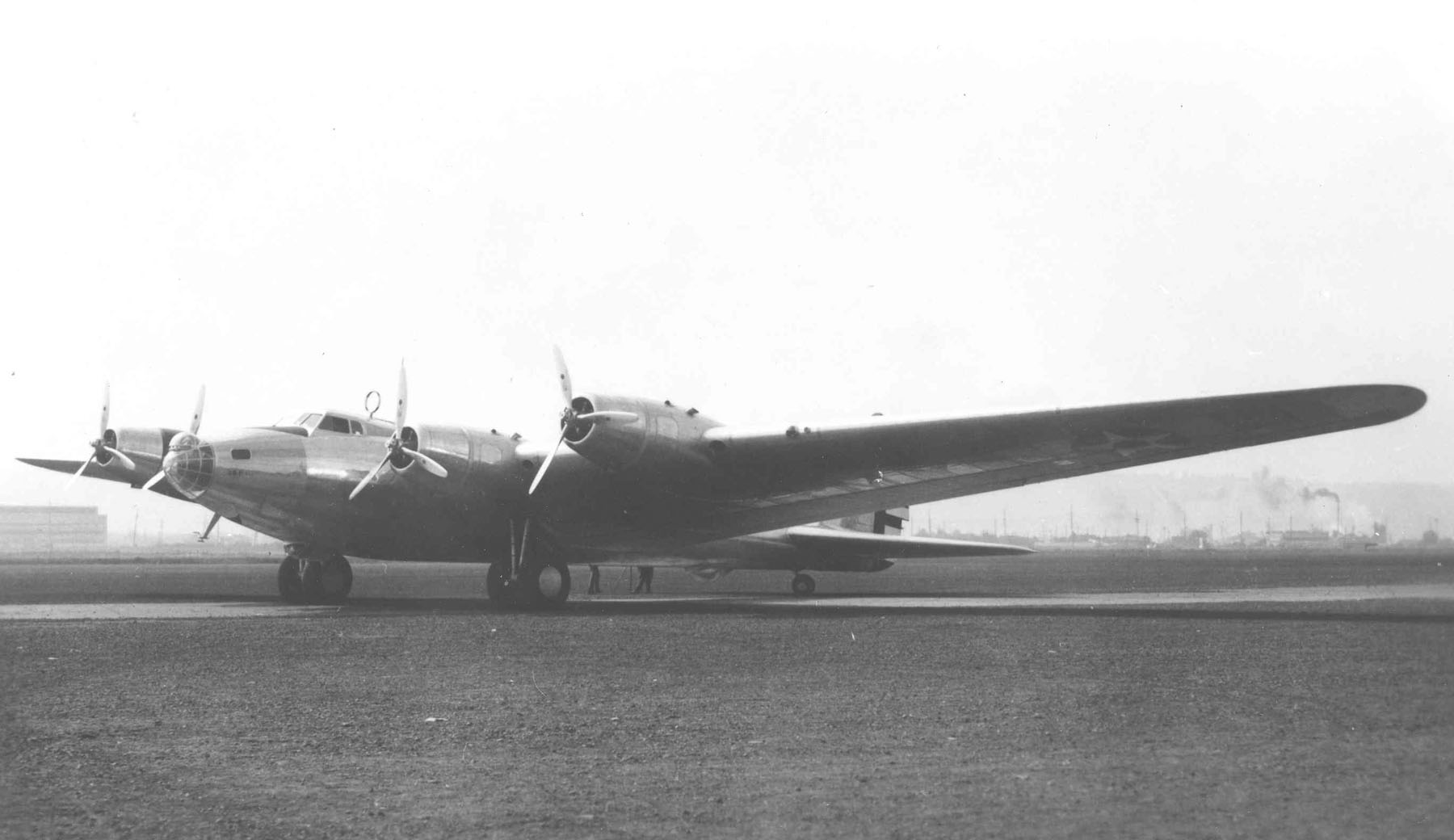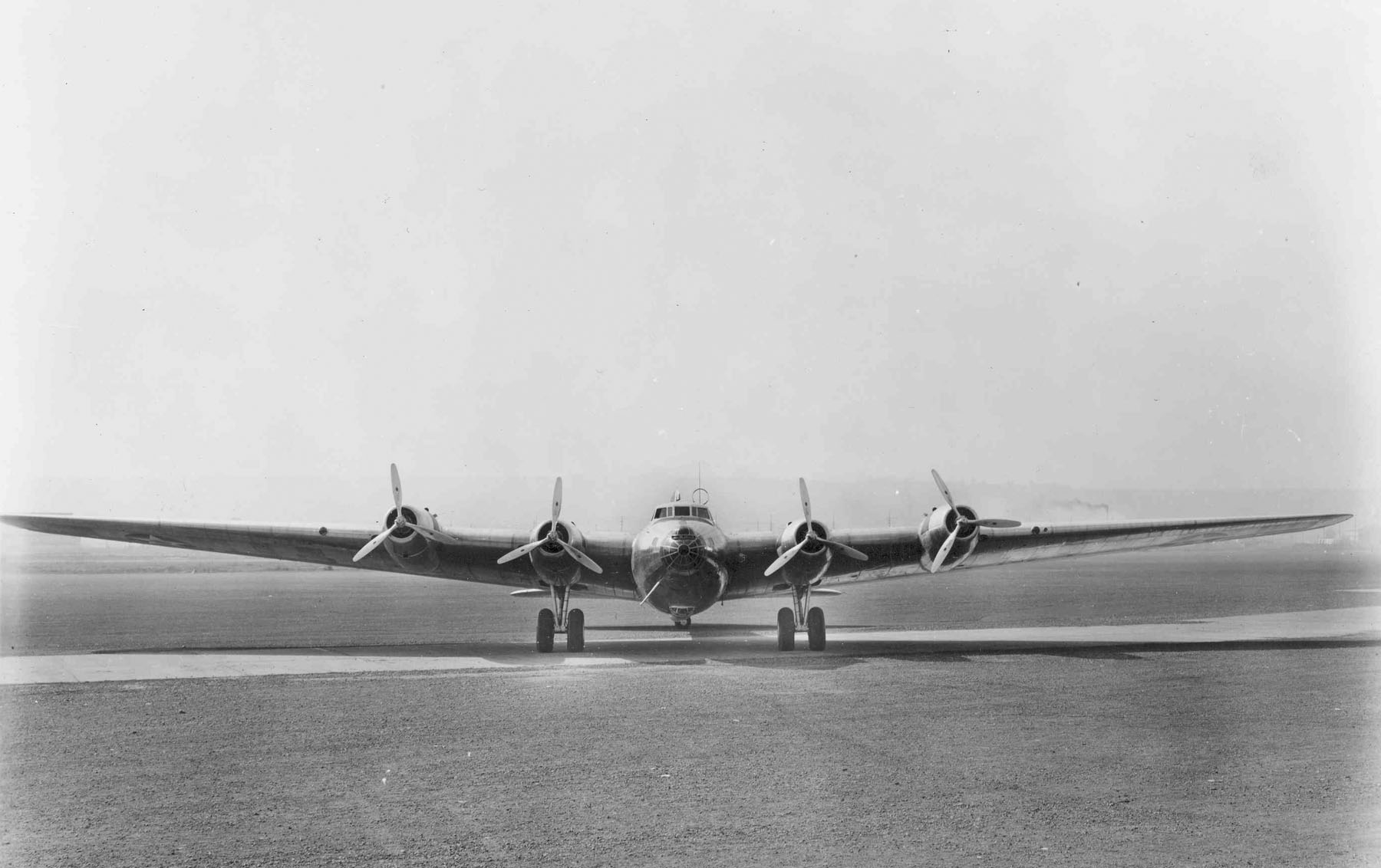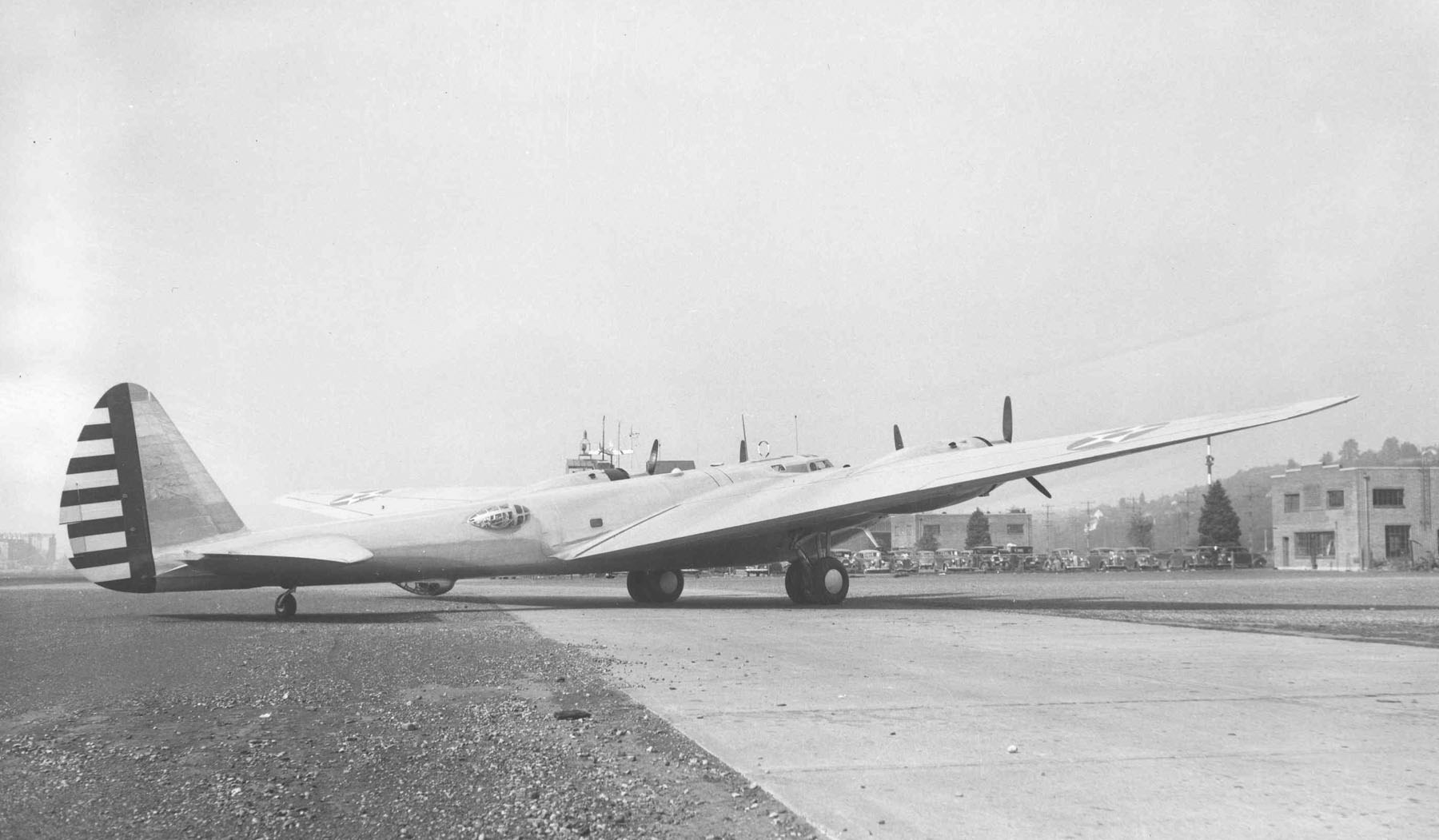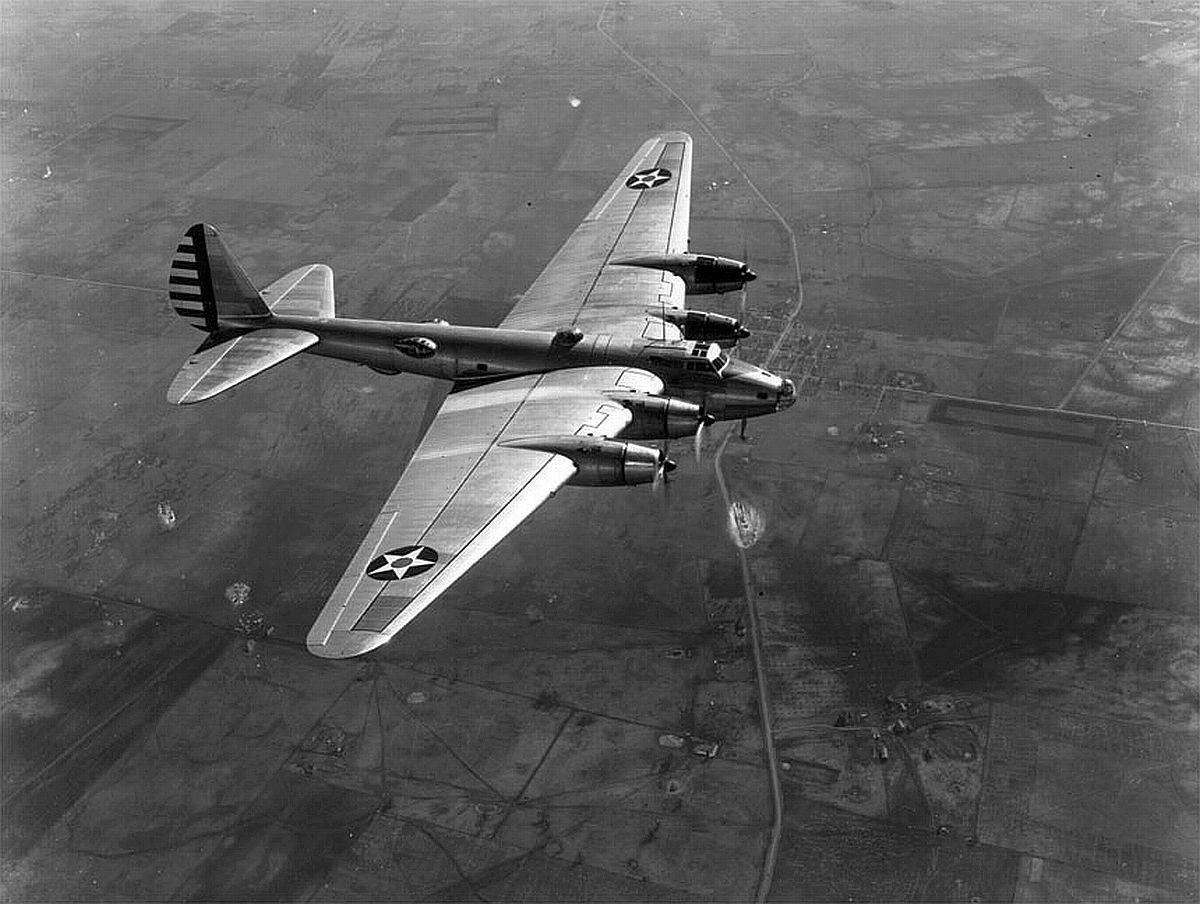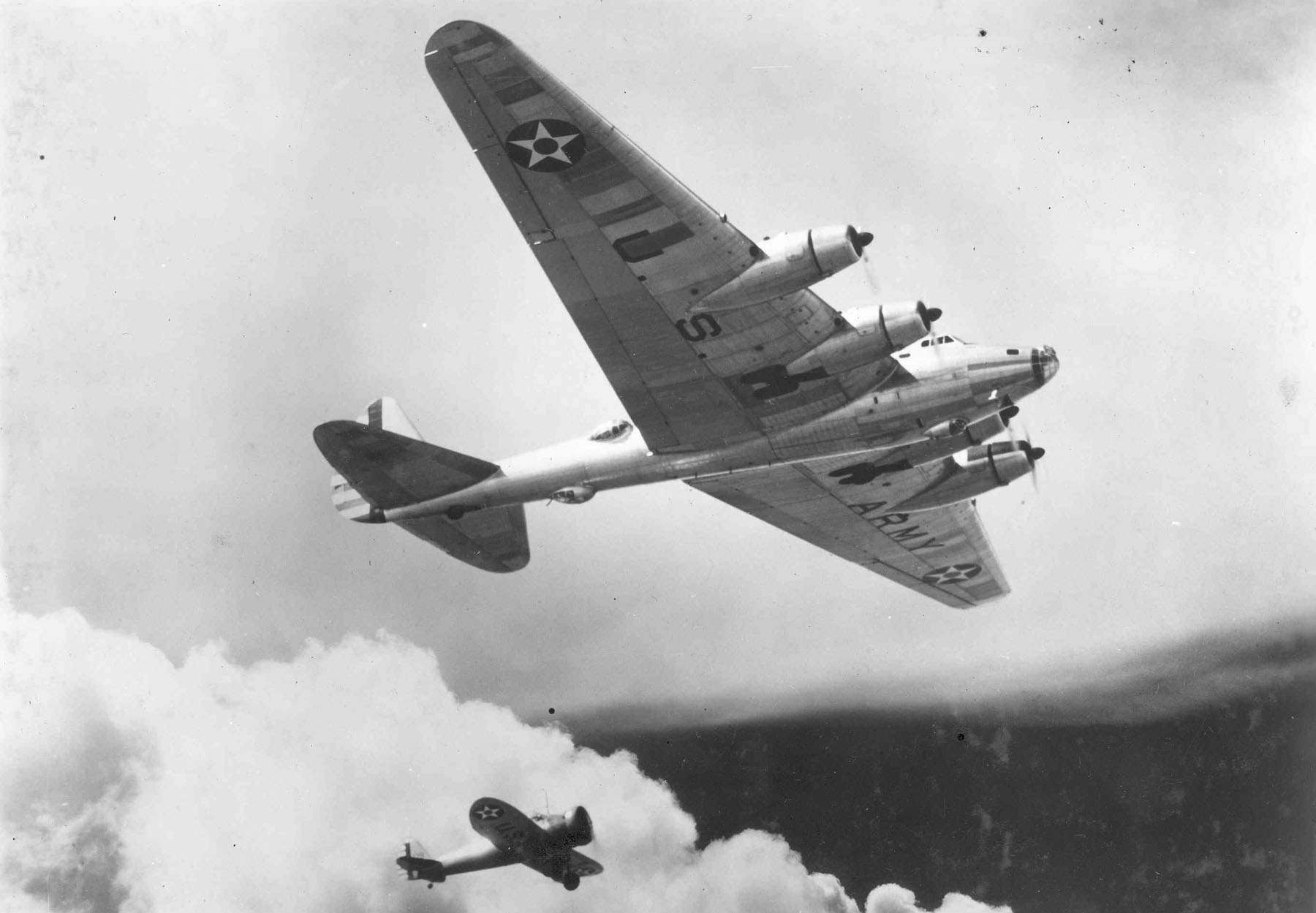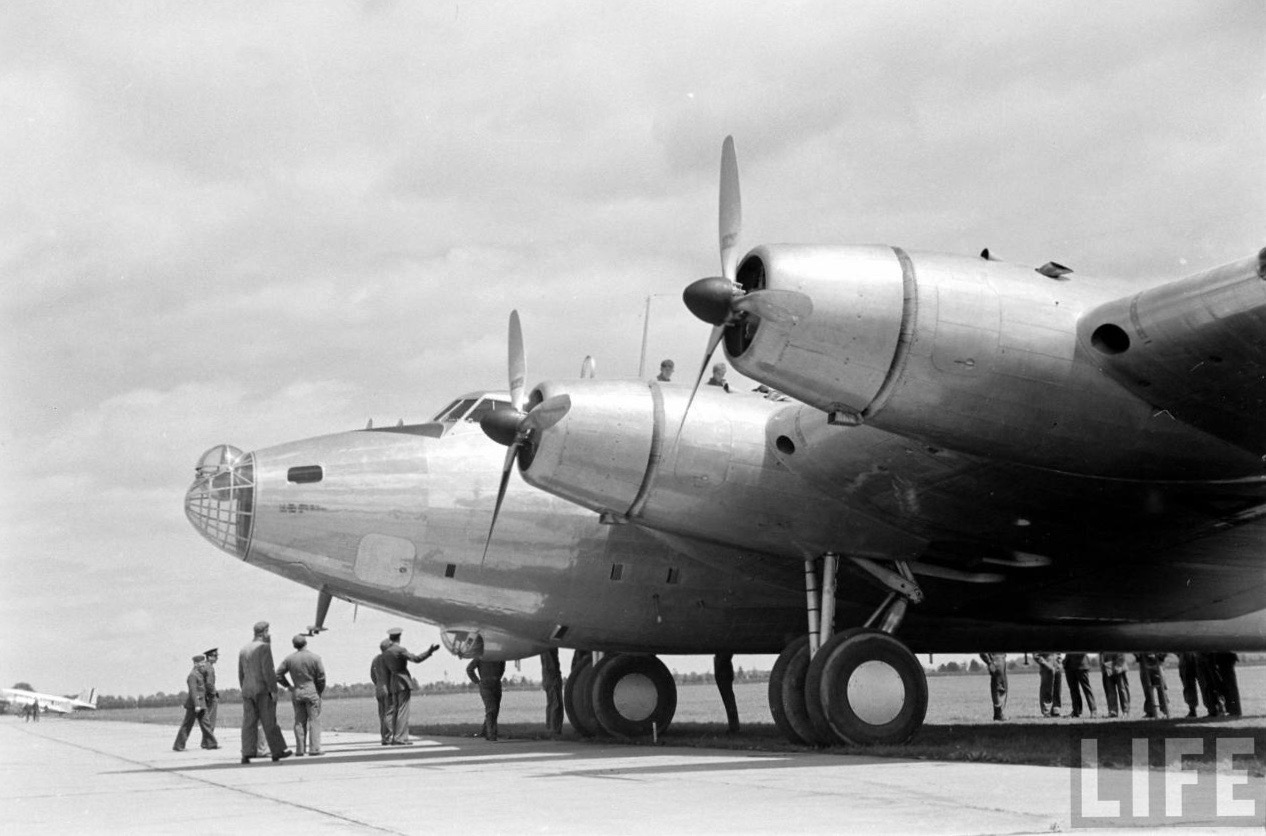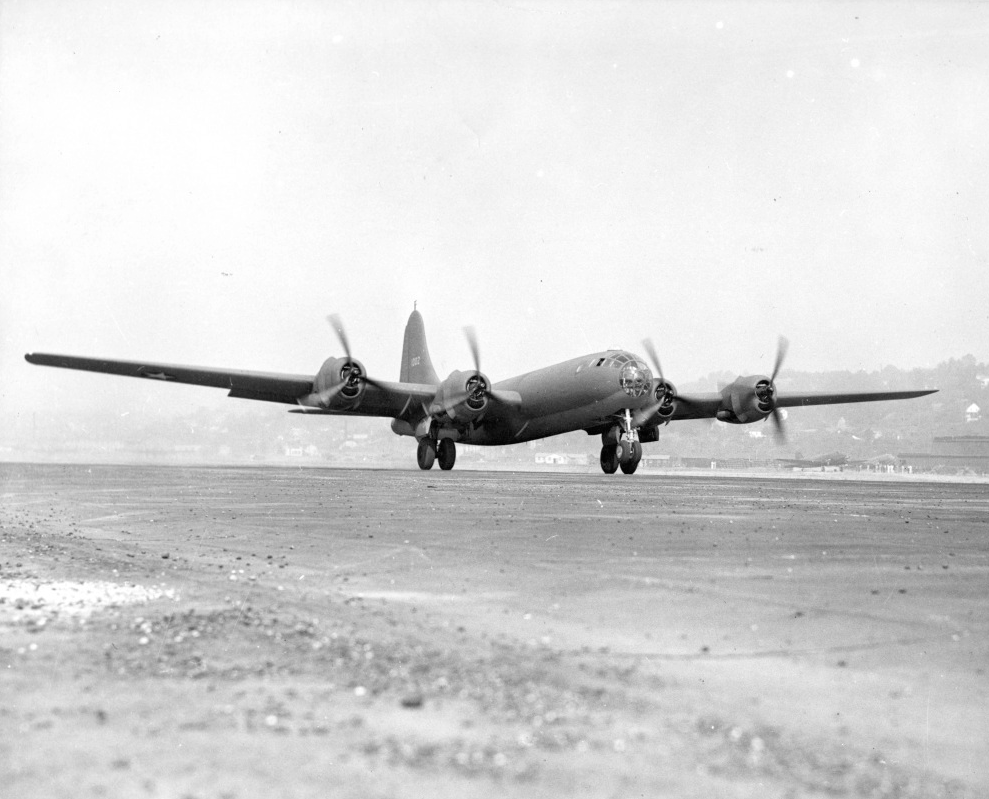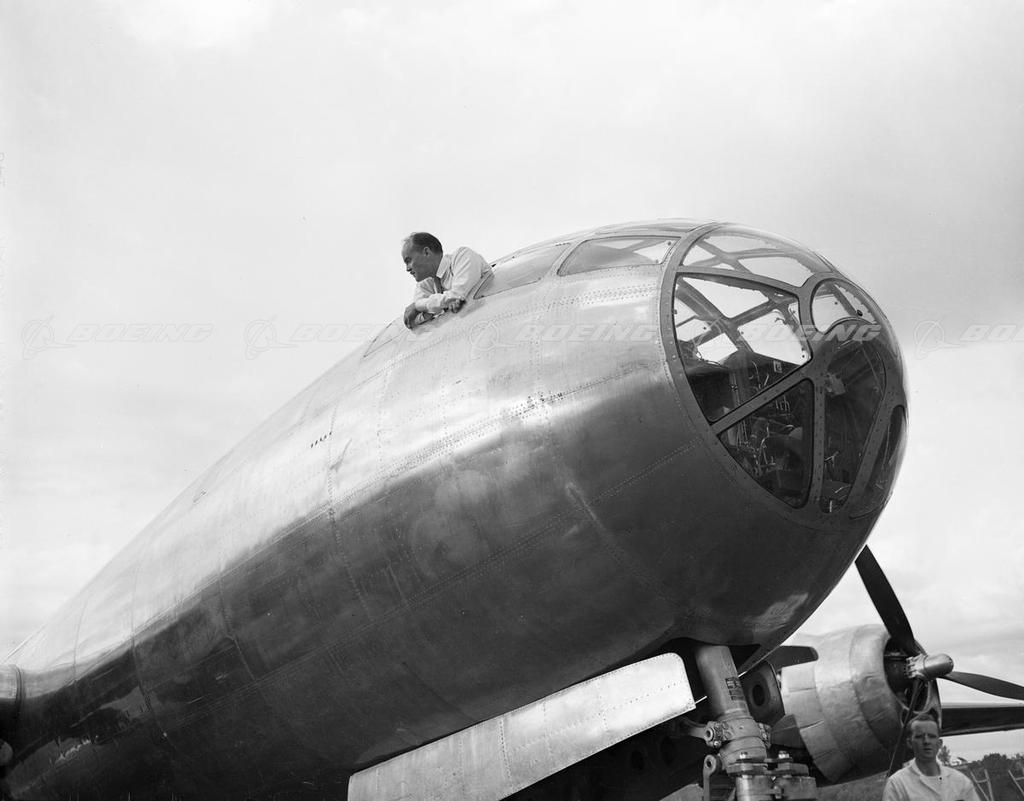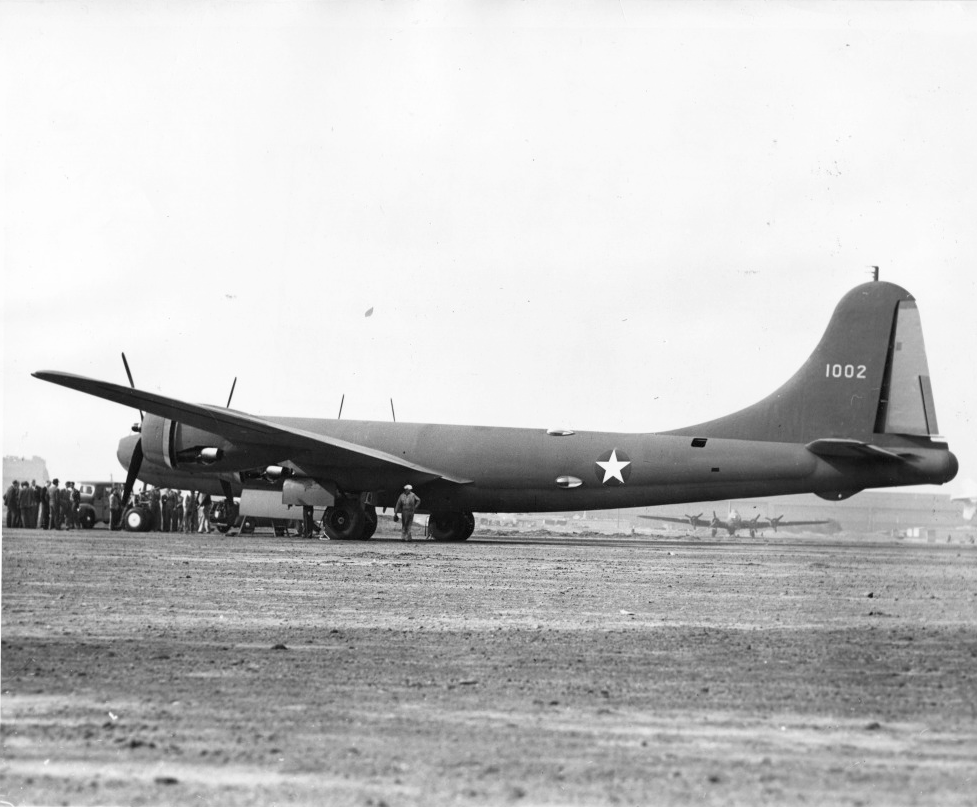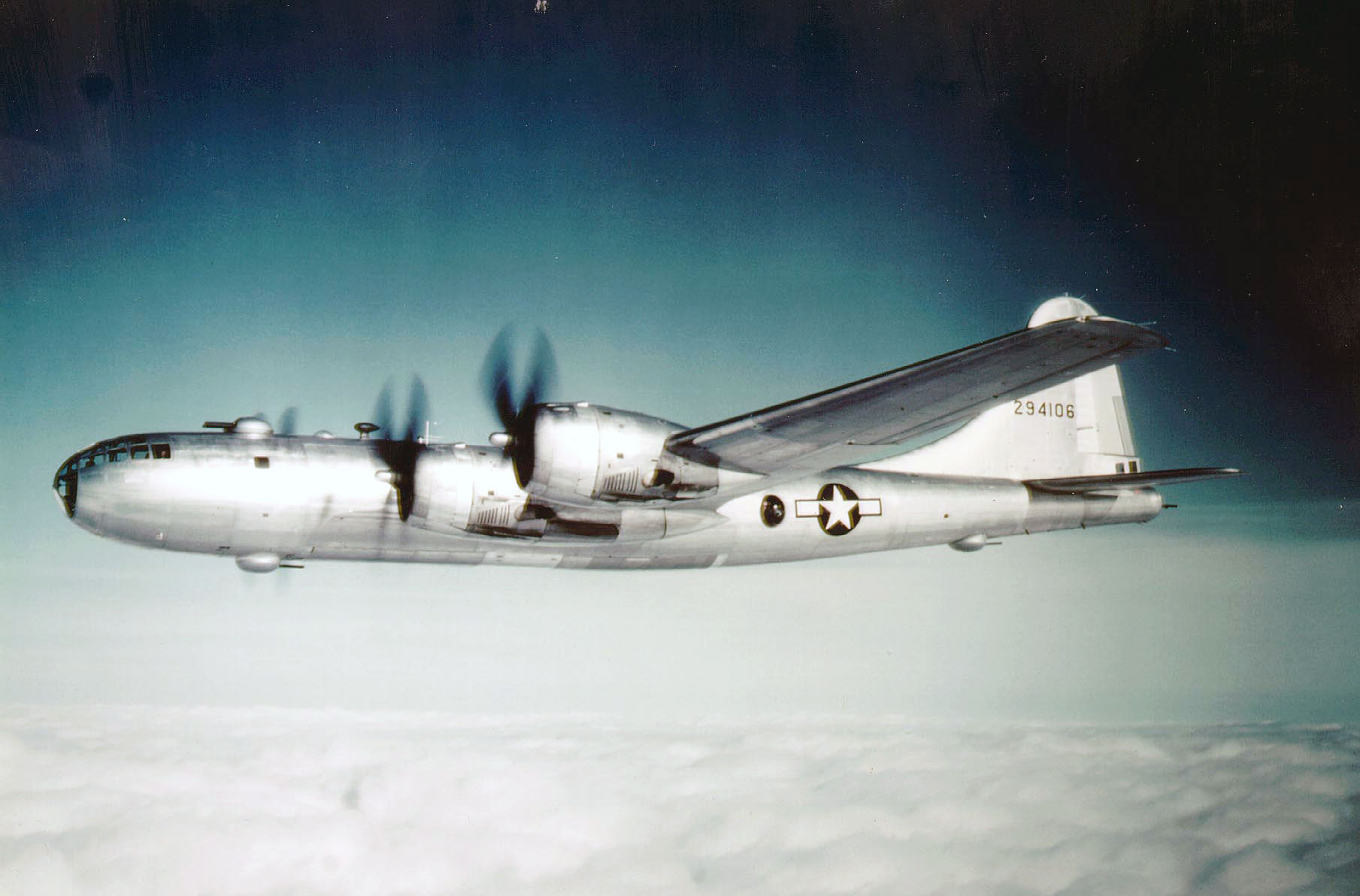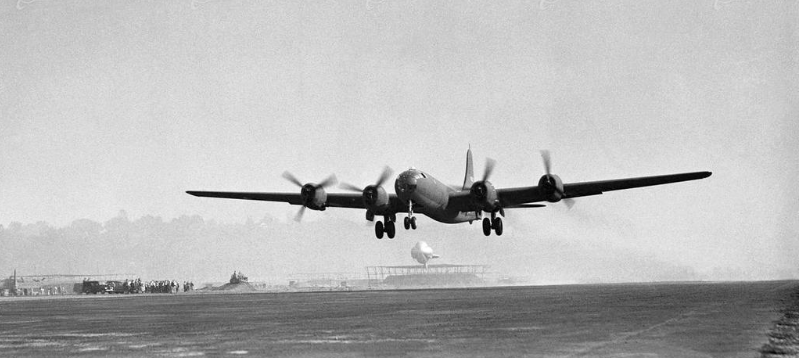
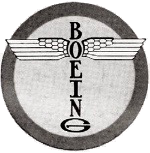 18 February 1943: At 12:09 p.m., Boeing Aircraft Company Chief Test Pilot Edmund Turney (“Eddie”) Allen took off from Boeing Field, Seattle, Washington, in the Number 2 prototype XB-29 Superfortress long-range heavy bomber, serial number 41-0003. Allen’s co-pilot was engineering test pilot Robert R. Dansfield. The rest of the XB-29 flight crew were Charles Edmund Blaine, flight test engineer; Fritz Mohn, senior inspector; Vincent W. North, aerodynamicist; Harry William Ralston, radio operator; Barclay J. Henshaw, flight test analyst; Thomas R. Lankford, engineer; Robert Willis Maxfield, flight test engineer; Raymond Louis Basel, flight test engineer; Edward I. Wersebe, flight test engineer.
18 February 1943: At 12:09 p.m., Boeing Aircraft Company Chief Test Pilot Edmund Turney (“Eddie”) Allen took off from Boeing Field, Seattle, Washington, in the Number 2 prototype XB-29 Superfortress long-range heavy bomber, serial number 41-0003. Allen’s co-pilot was engineering test pilot Robert R. Dansfield. The rest of the XB-29 flight crew were Charles Edmund Blaine, flight test engineer; Fritz Mohn, senior inspector; Vincent W. North, aerodynamicist; Harry William Ralston, radio operator; Barclay J. Henshaw, flight test analyst; Thomas R. Lankford, engineer; Robert Willis Maxfield, flight test engineer; Raymond Louis Basel, flight test engineer; Edward I. Wersebe, flight test engineer.
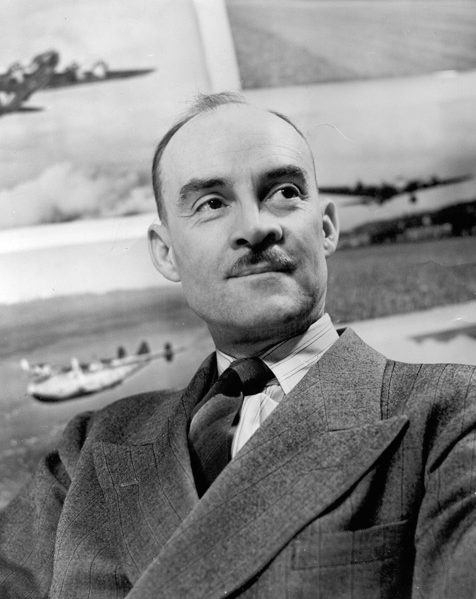
41-0003 had first flown on 30 December 1942, piloted by Allen. During that flight, the prototype bomber suffered a major engine fire and Eddie Allen’s performance in returning the airplane to the airport later earned him the U.S. Army’s Air Medal, awarded on the specific orders of President Harry S. Truman.
Problems with the XB-29s’ Wright R-3350-13 engines had caused major delays in the B-29 testing program. The Number 2 aircraft had its engines replaced with those from the first XB-29, 41-0002. By 18 February, 41-0003 had made only eight flights, with a total flight time of 7 hours, 27 minutes.
The ninth test flight of 41-0003 was planned to test the climb performance to 25,000 feet (7,620 meters) and to collect engine cooling data.
At 12:17 p.m., 41-0003 was climbing through 5,000 feet (1,524 meters) when the #1 engine (the outboard engine on the left wing) caught fire. The engine was shut down and CO2 fire extinguishers were activated. Eddie Allen began a descent and turned back toward Boeing Field.
The wind was out of the south at 5 miles per hour (2.24 meters per second) so it was decided to land on Runway 13, the southeast/northwest runway. At 12:24, radio operator Harry Ralston reported that the XB-29 was 4 miles (6.4 kilometers) northeast of the field at 1,200 feet (366 meters).
The airplane was in the landing pattern turning from the downwind leg to the base leg when at 12:25 an explosion occurred. Ralston was heard to say, “Allen, better get this thing down in a hurry. The wing spar is burning badly.”
In order to save weight, various parts of the Wright R-3350 engine were made of magnesium, a flammable metal which burned at a very high temperature. With an engine on fire, the bomber’s wing structure was extremely vulnerable.
The prototype bomber was now shedding parts and left a trail behind it on the ground. The fire was now burning inside the fuselage. Three crew members bailed out but the altitude was too low and they were killed.
At 12:26 p.m., Boeing XB-29 41-0003 crashed into the Frye Meat Packing Plant, south of downtown Seattle, and exploded. Nearly 5,000 gallons (18,927 liters) of gasoline started a massive fire. The 8 men still aboard the prototype bomber were killed, as were 20 employees inside the building. A firefighter who responded was also killed.
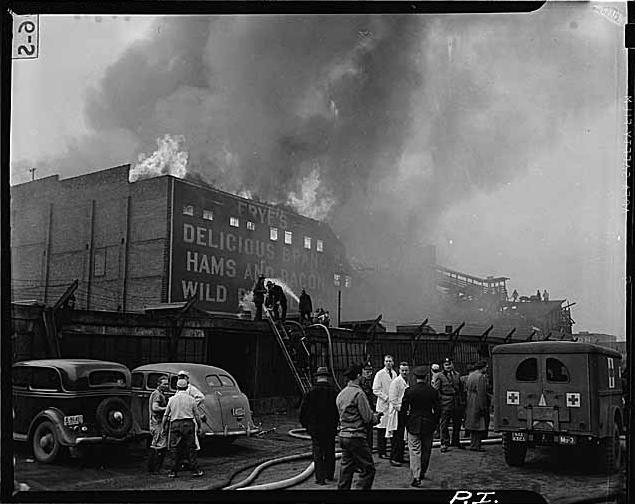
Three XB-29 prototypes were built. The XB-29 was 98 feet, 2 inches (29.896 meters) long with a wing span of 141 feet, 3 inches (43.053 meters), and 27 feet, 9 inches (8.458 meters) high to the top of its vertical fin. The prototype bomber had a gross weight of 105,000 pounds (47,627.2 kilograms).
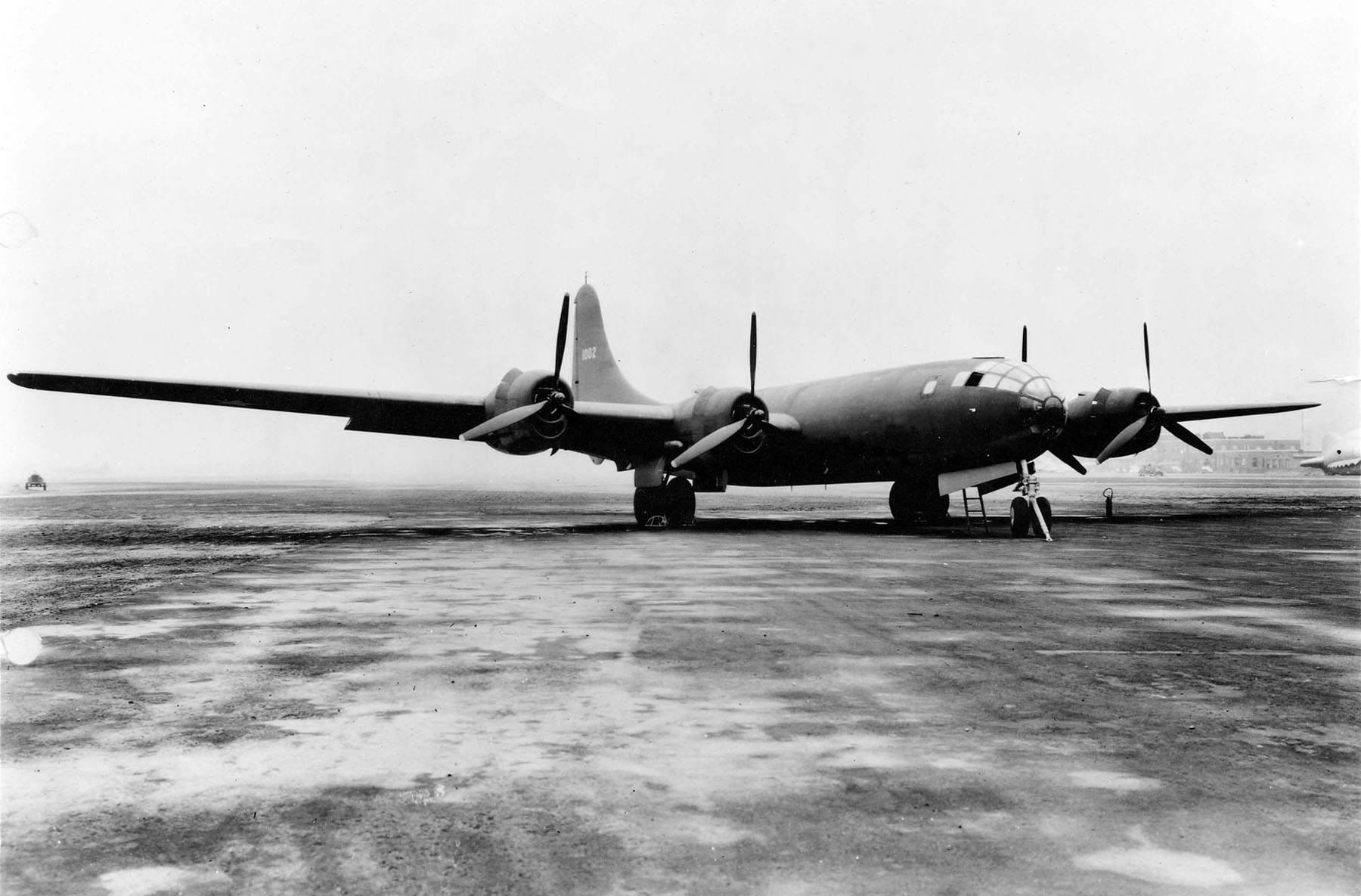
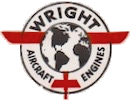 The XB-29 was powered by four 3,347.662-cubic-inch-displacement (54.858 liter) air-cooled, supercharged, Wright Aeronautical Division Cyclone 18 670C18H1 (R-3350-13) two-row 18-cylinder radial engines (also known as the Duplex-Cyclone) with a compression ratio of 6.85:1. The R-3350-13 had a Normal Power rating of 2,000 horsepower at 2,400 r.p.m., and 2,200 horsepower at 2,800 r.p.m. for takeoff, using 100 octane aviation gasoline. The engines turned 17-foot-diameter (5.182 meters) three-bladed Hamilton Standard Hydromatic constant-speed propellers through a 0.35:1 gear reduction. The R-3350-13 was 76.26 inches (1.937 meters) long, 55.78 inches (1.417 meters) in diameter, and weighed 2,668 pounds (1,210 kilograms).
The XB-29 was powered by four 3,347.662-cubic-inch-displacement (54.858 liter) air-cooled, supercharged, Wright Aeronautical Division Cyclone 18 670C18H1 (R-3350-13) two-row 18-cylinder radial engines (also known as the Duplex-Cyclone) with a compression ratio of 6.85:1. The R-3350-13 had a Normal Power rating of 2,000 horsepower at 2,400 r.p.m., and 2,200 horsepower at 2,800 r.p.m. for takeoff, using 100 octane aviation gasoline. The engines turned 17-foot-diameter (5.182 meters) three-bladed Hamilton Standard Hydromatic constant-speed propellers through a 0.35:1 gear reduction. The R-3350-13 was 76.26 inches (1.937 meters) long, 55.78 inches (1.417 meters) in diameter, and weighed 2,668 pounds (1,210 kilograms).
The XB-29 had a maximum speed of 368 miles per hour (592 kilometers per hour) and cruised at 255 miles per hour (410 kilometers per hour). Its service ceiling was 32,100 feet (9,784 meters). The airplane was designed to carry 20,000 pounds (9,072 kilograms) of bombs.
The B-29 Superfortress was the most technologically advanced—and complex—aircraft of the War. It required the manufacturing capabilities of the entire nation to produce. Over 1,400,000 engineering man-hours had been required to design the prototypes. It would be manufactured by Boeing at Seattle and Renton, Washington and at Wichita, Kansas; by Glenn L. Martin Company at Omaha, Nebraska; and by Bell Aircraft Corporation, Atlanta, Georgia.
There were three XB-29 prototypes; 14 YB-29 pre-production test aircraft; 2,513 B-29; 1,119 B-29A; and 311 B-29B Superfortress aircraft. The bomber served during World War II and the Korean War and continued in active U.S. service until 1960.
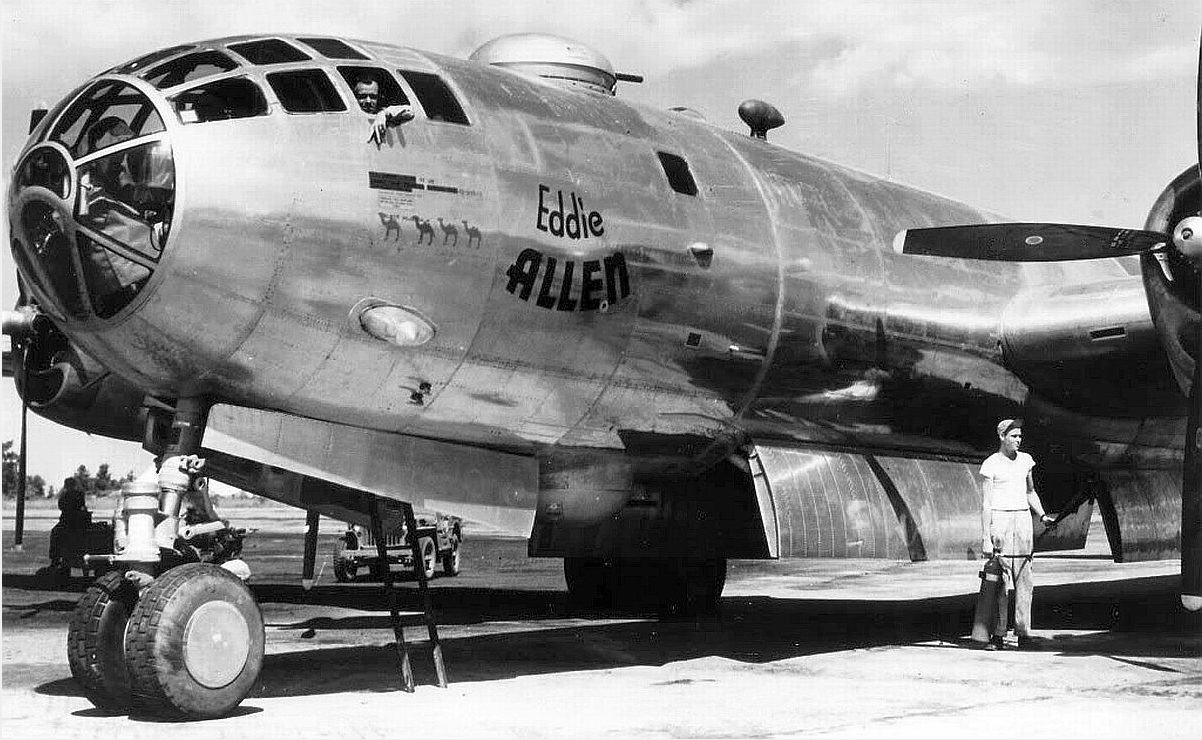
The employees of the Boeing plant at Wichita, Kansas donated the money to build a B-29 to be named in honor of Eddie Allen. B-29-40-BW 42-24579 flew 24 combat missions. On its final mission over Tokyo, Japan, the Eddie Allen was so badly damaged that, though it was able to reach its base on the island of Tinian, it never flew again.
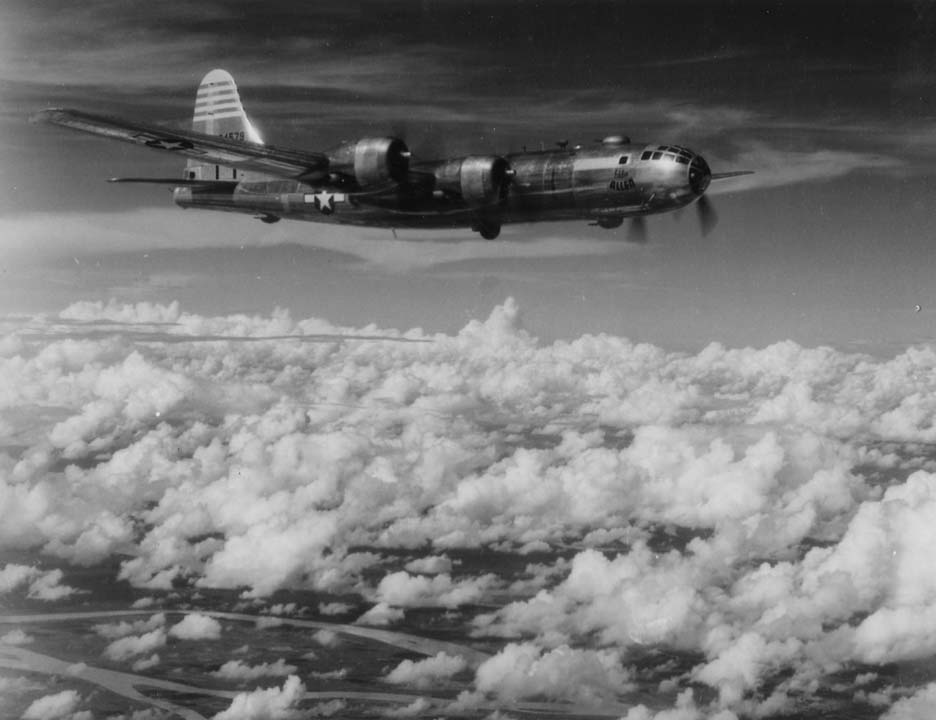
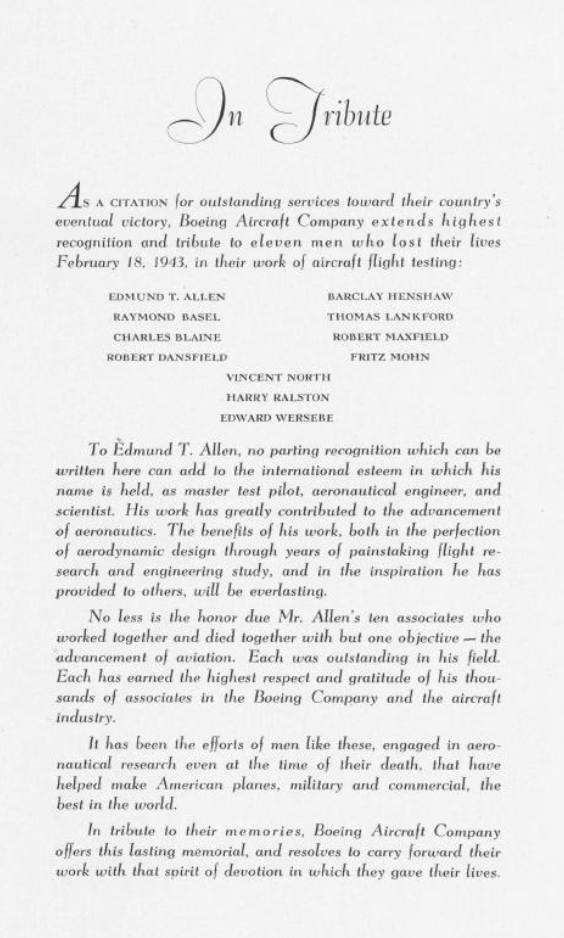
© 2019, Bryan R. Swopes
